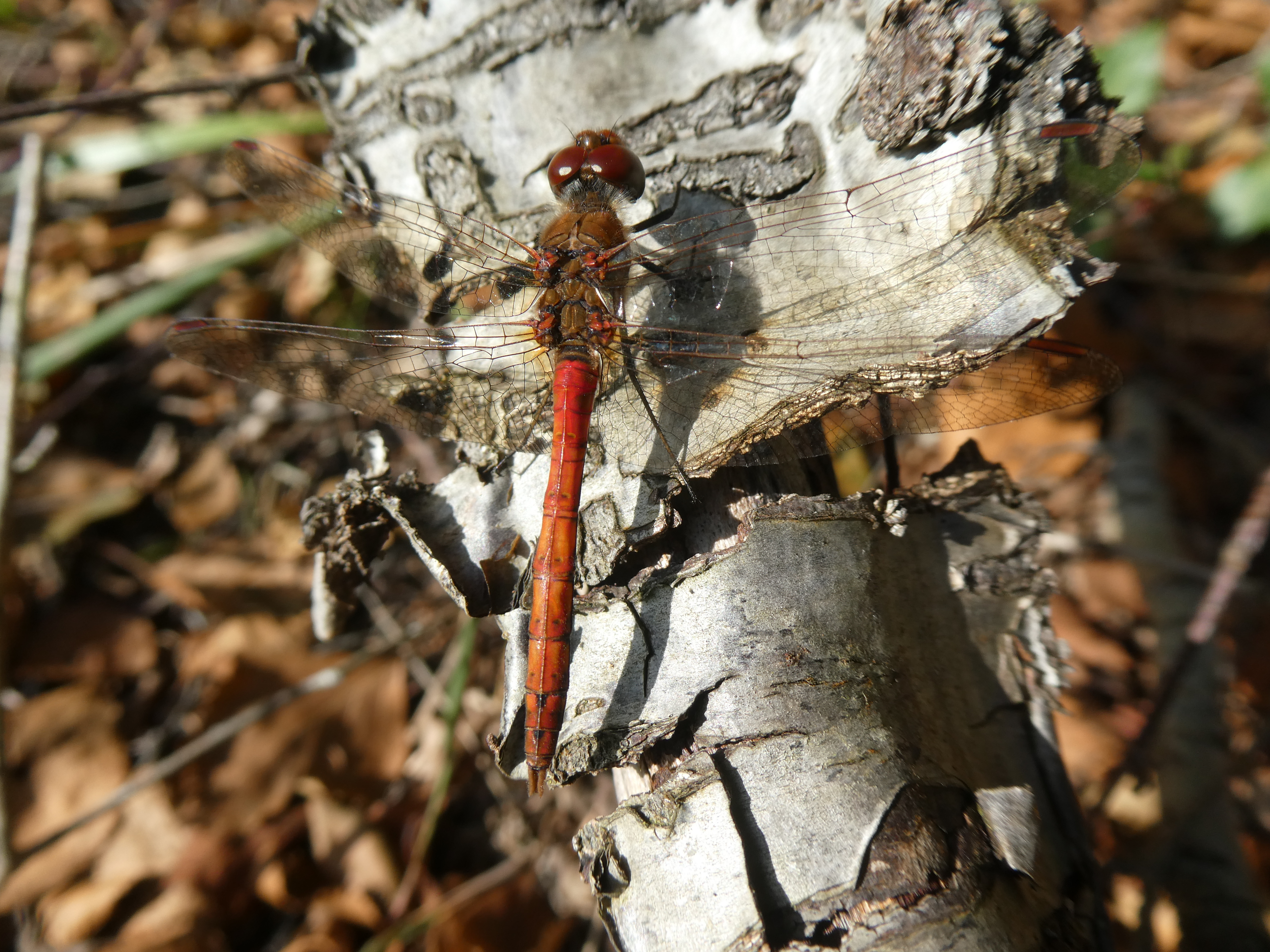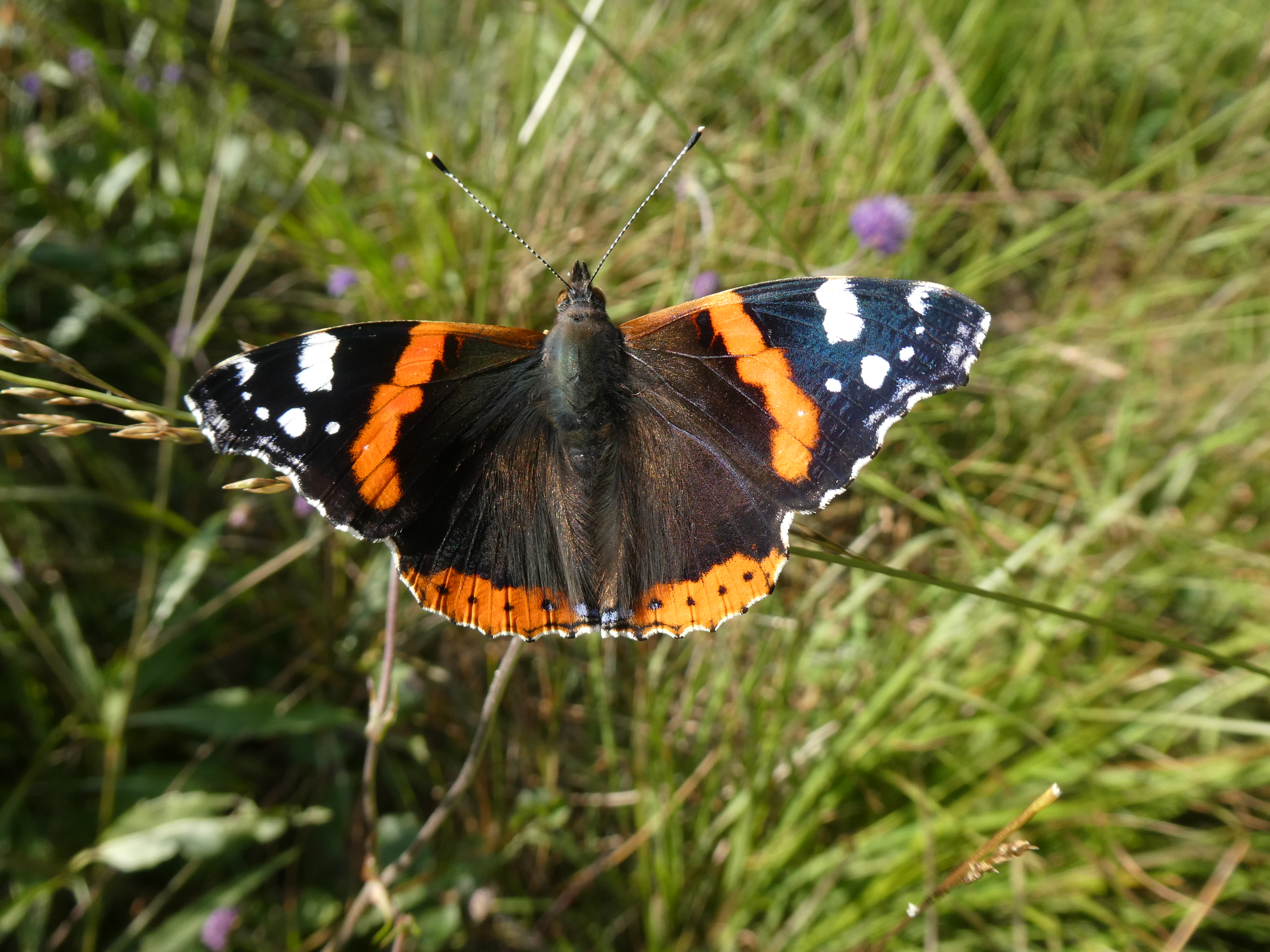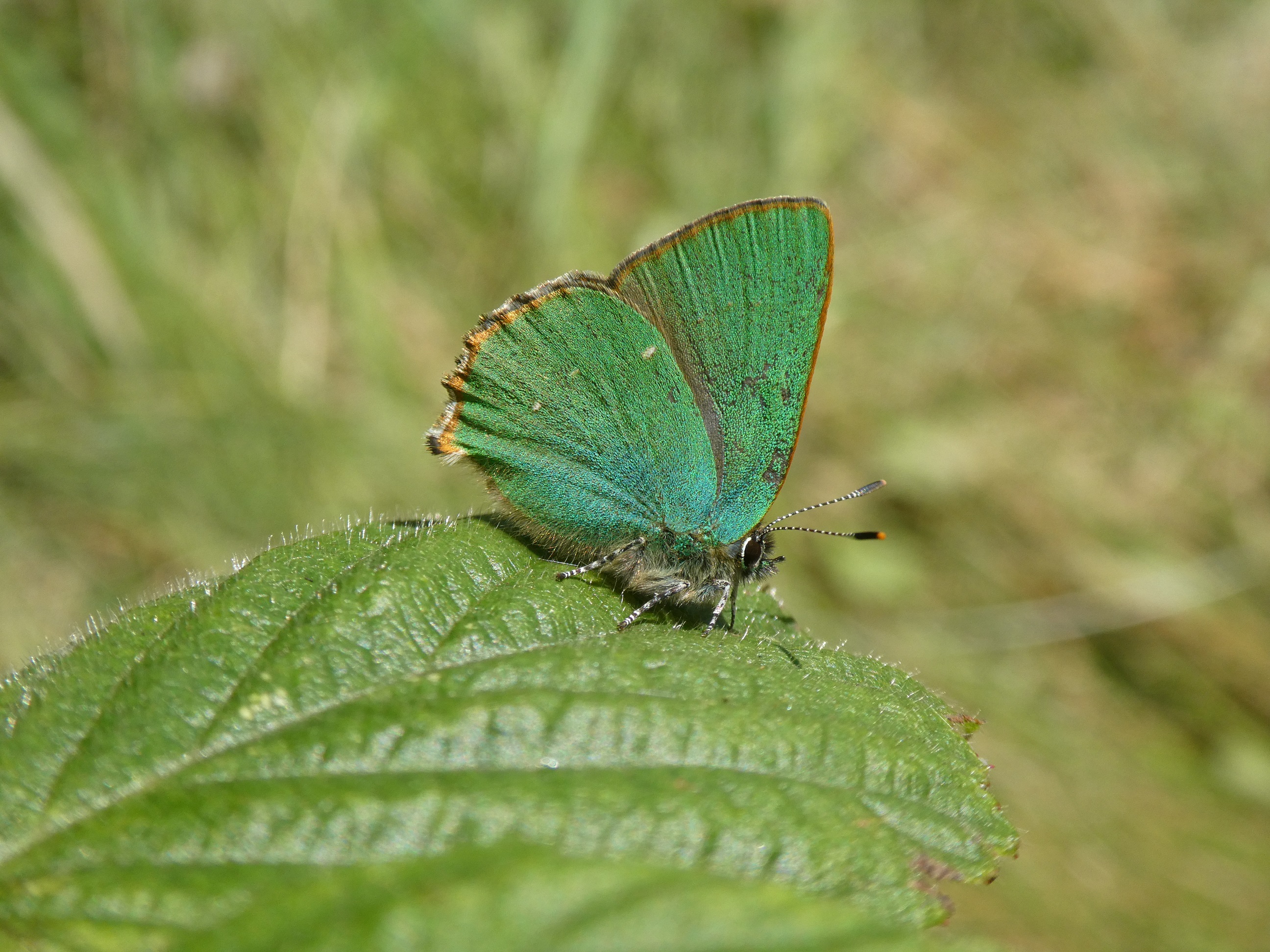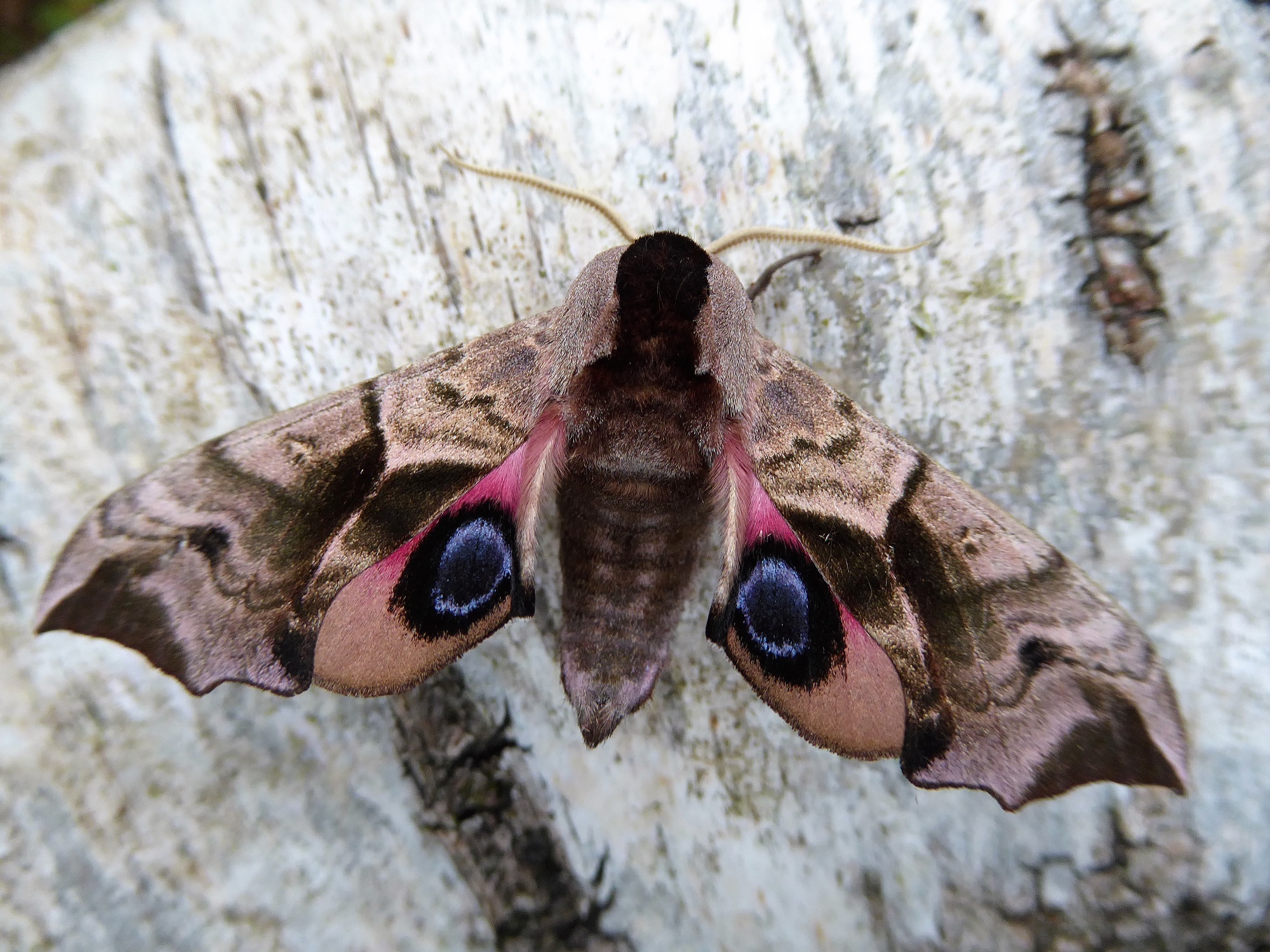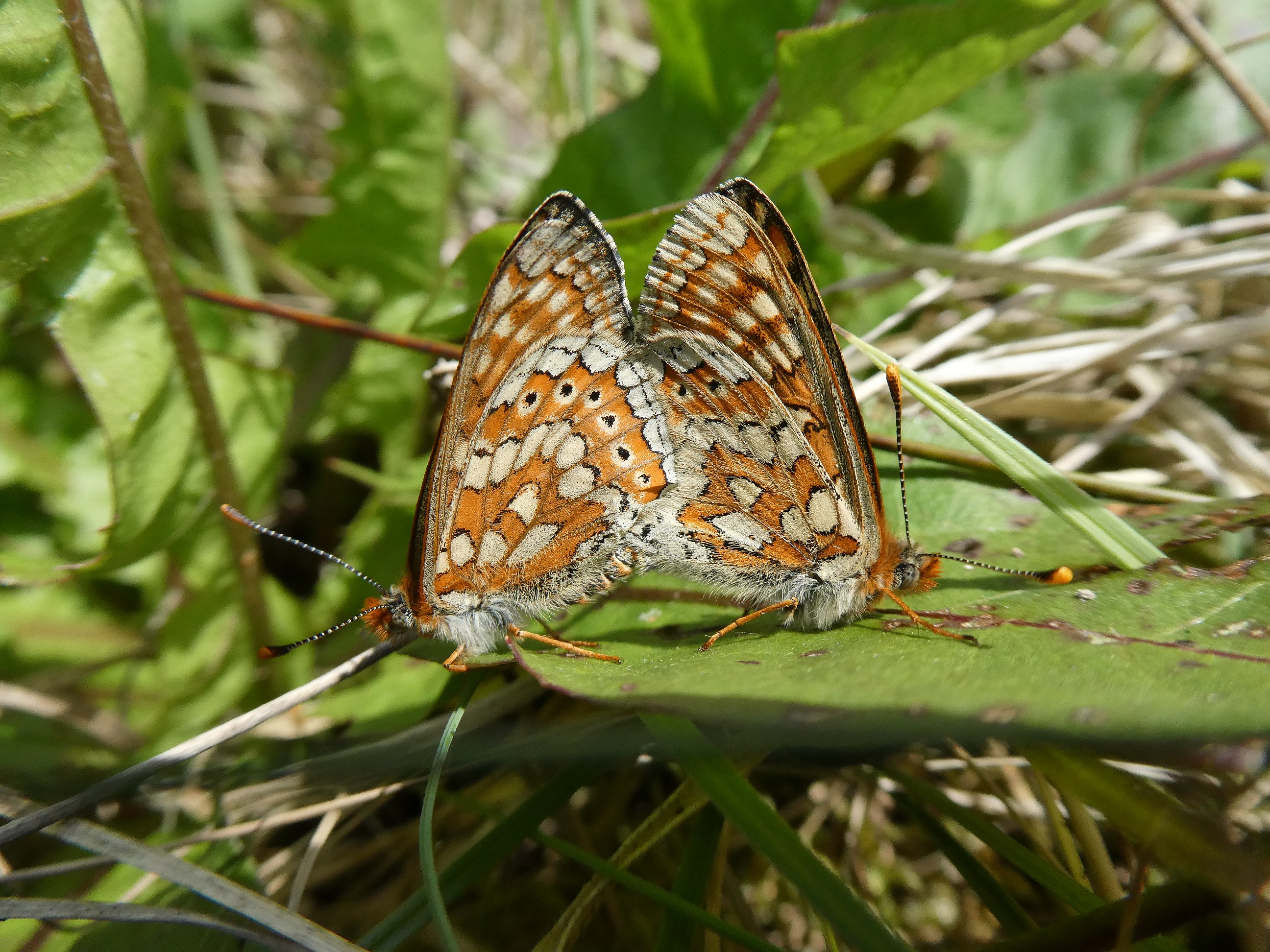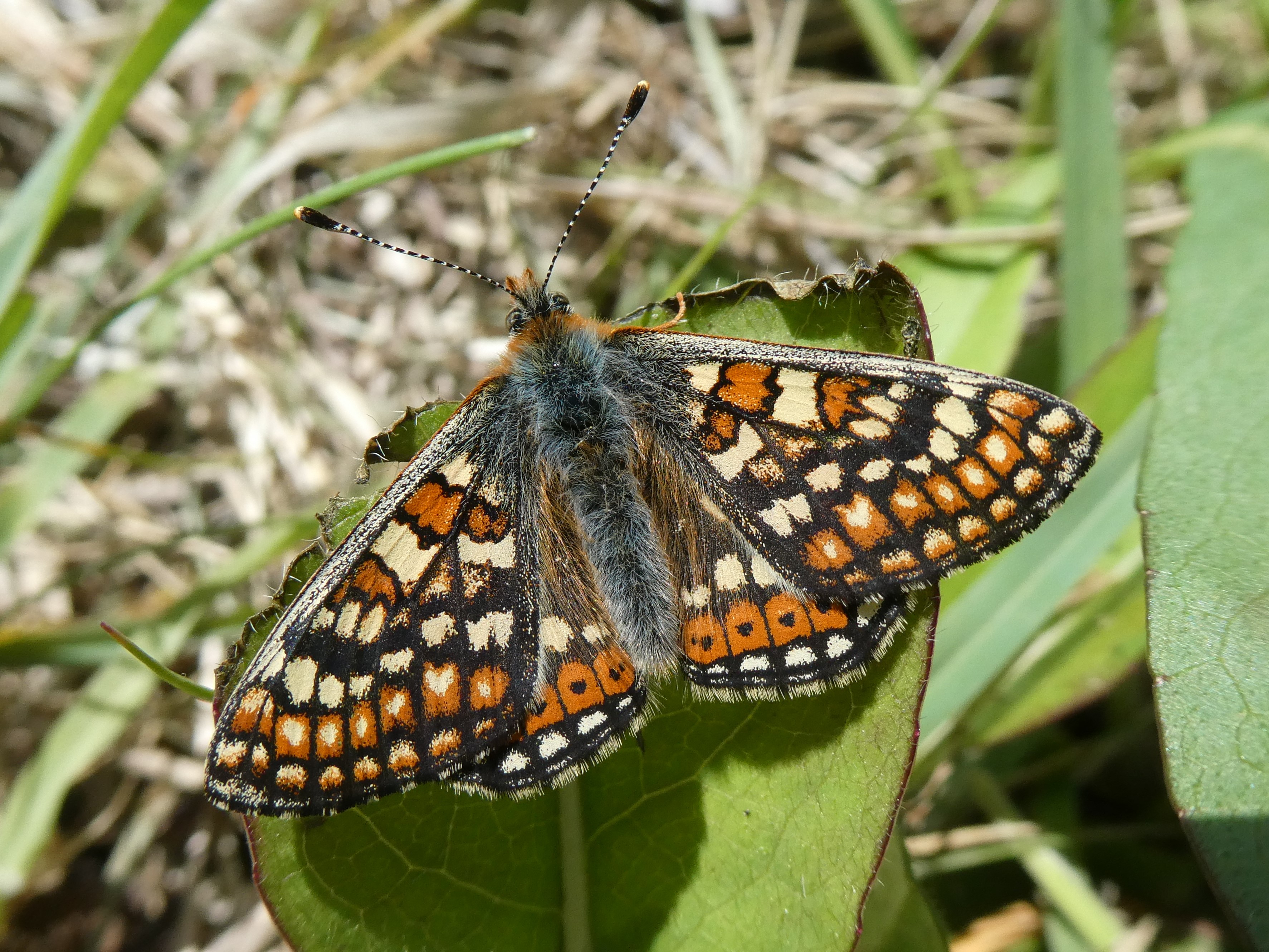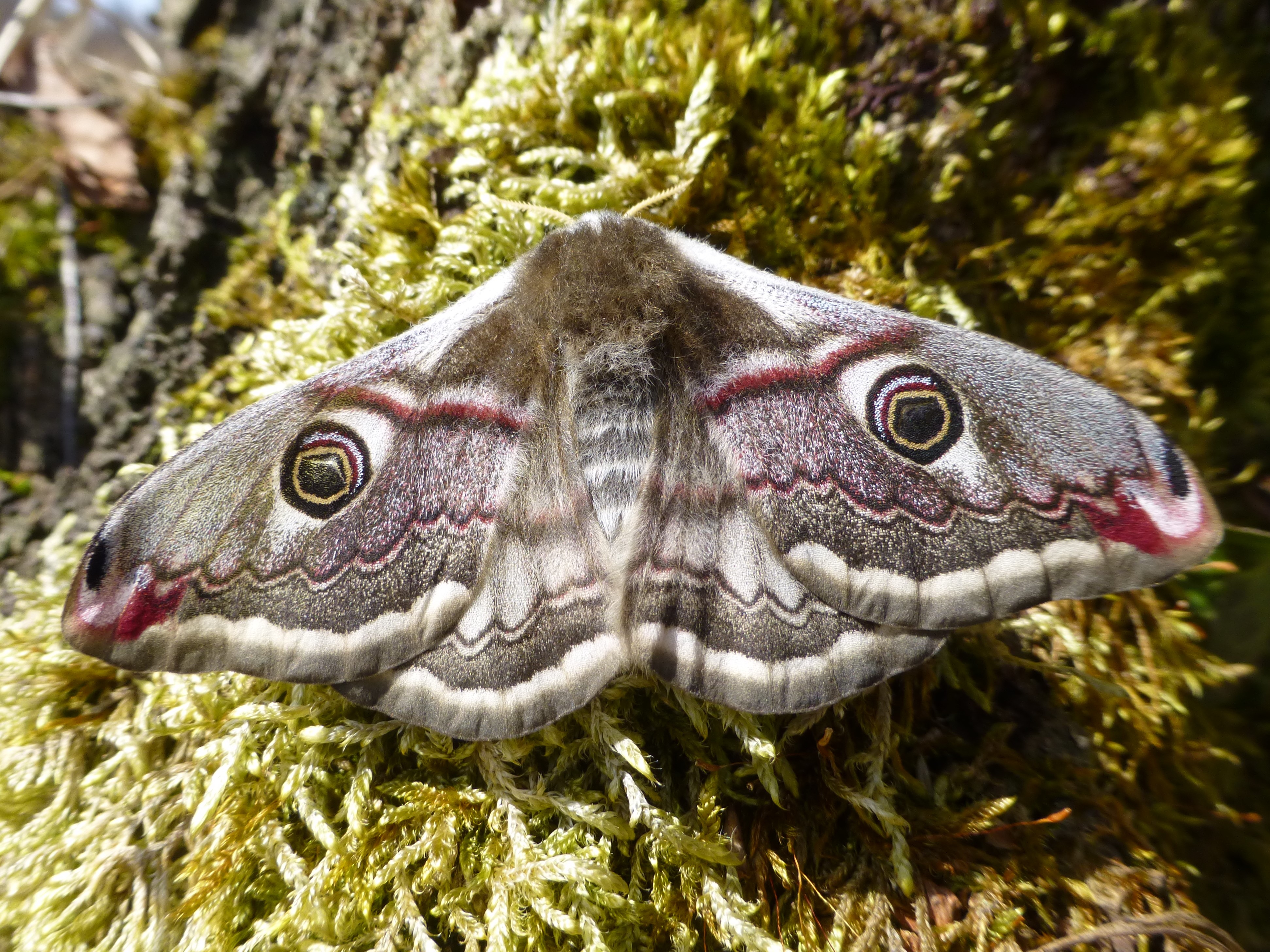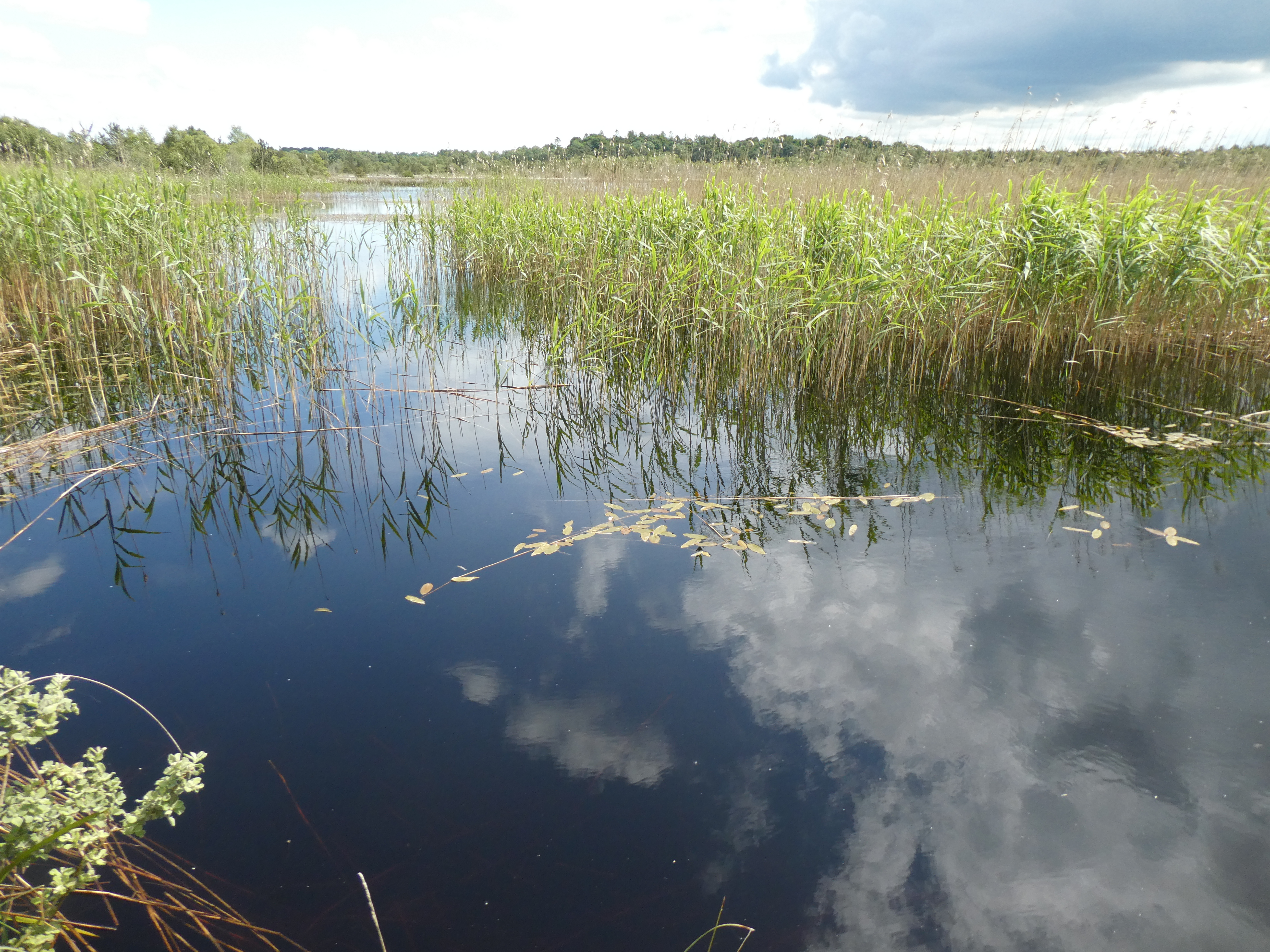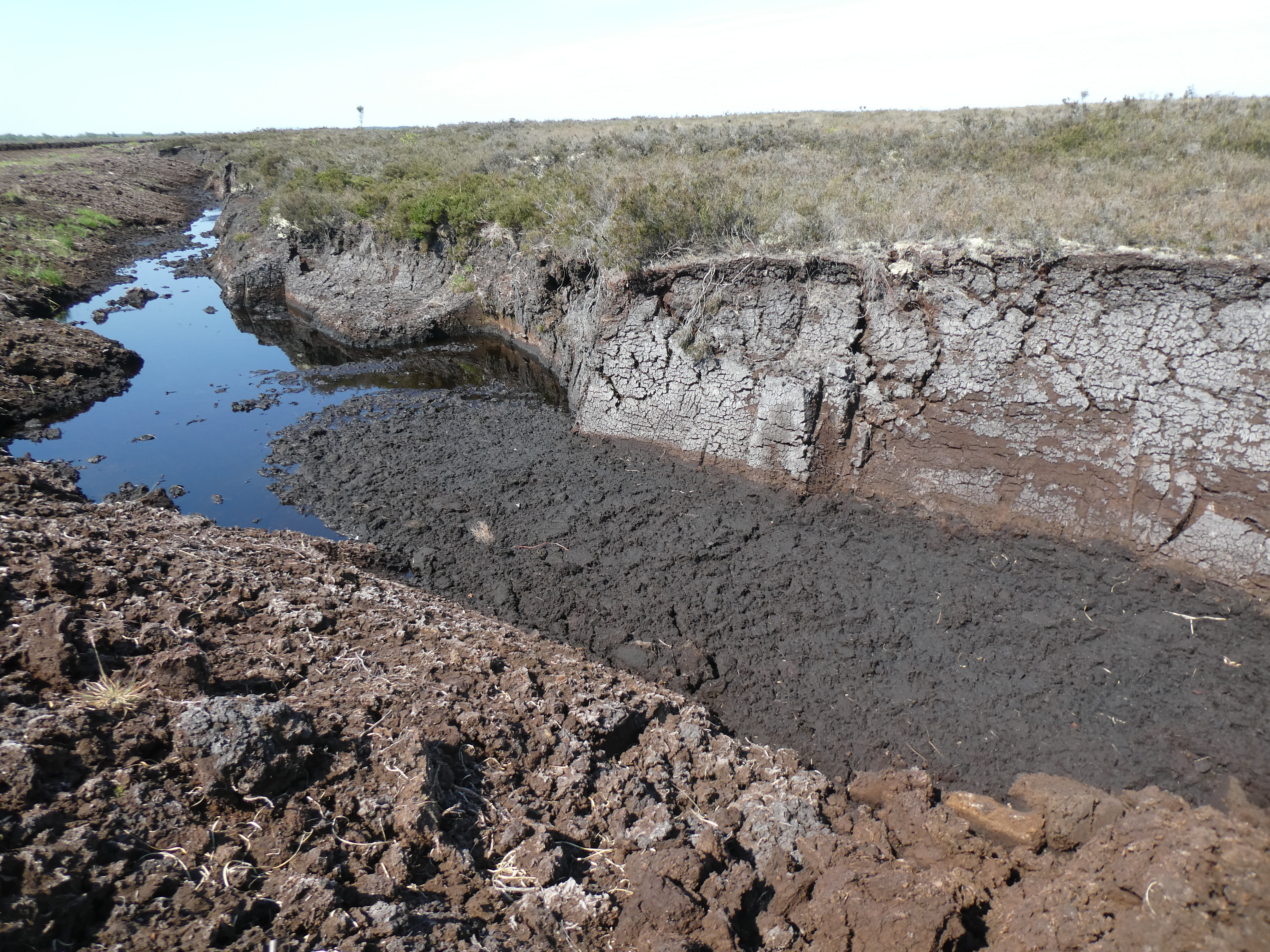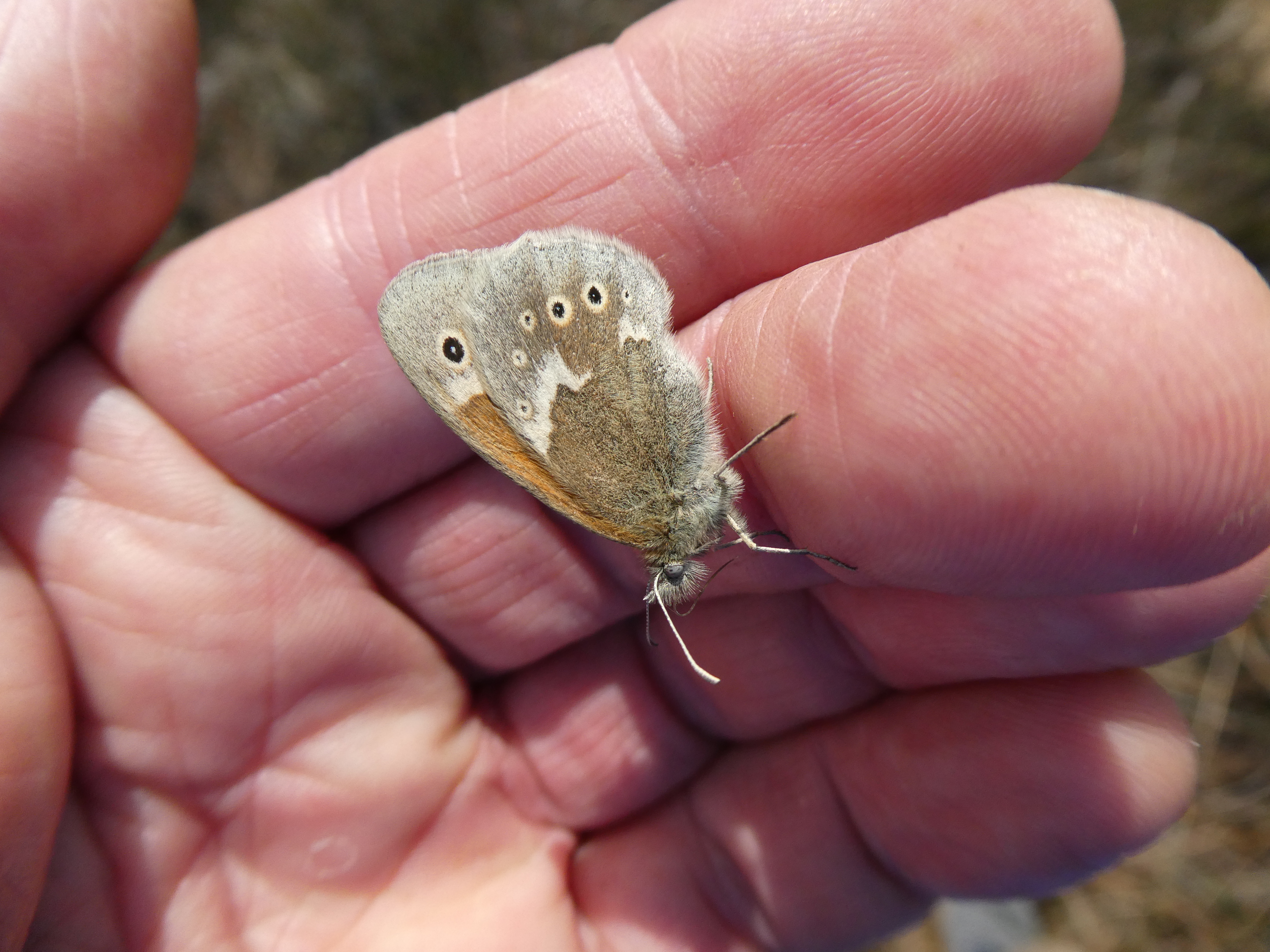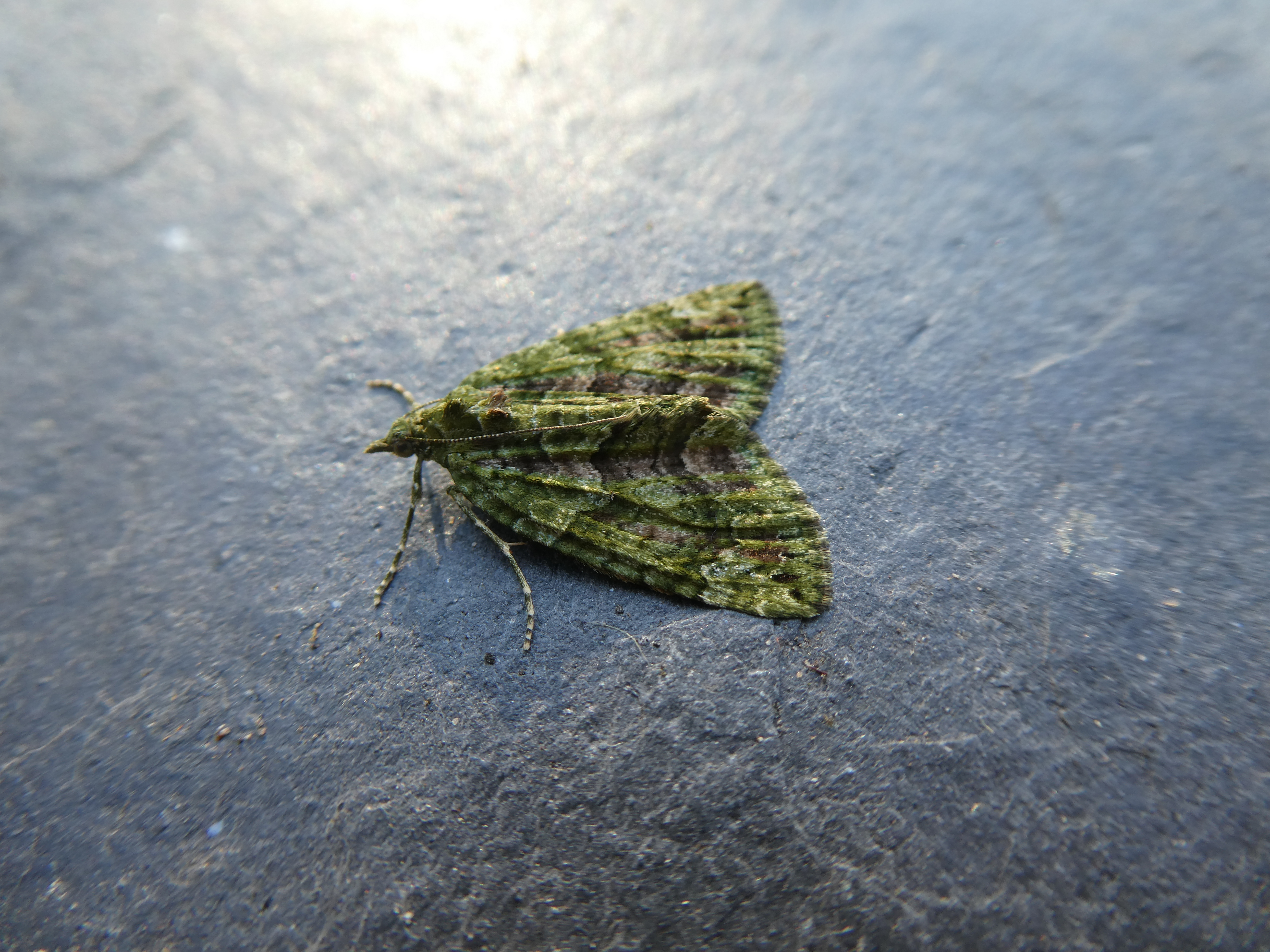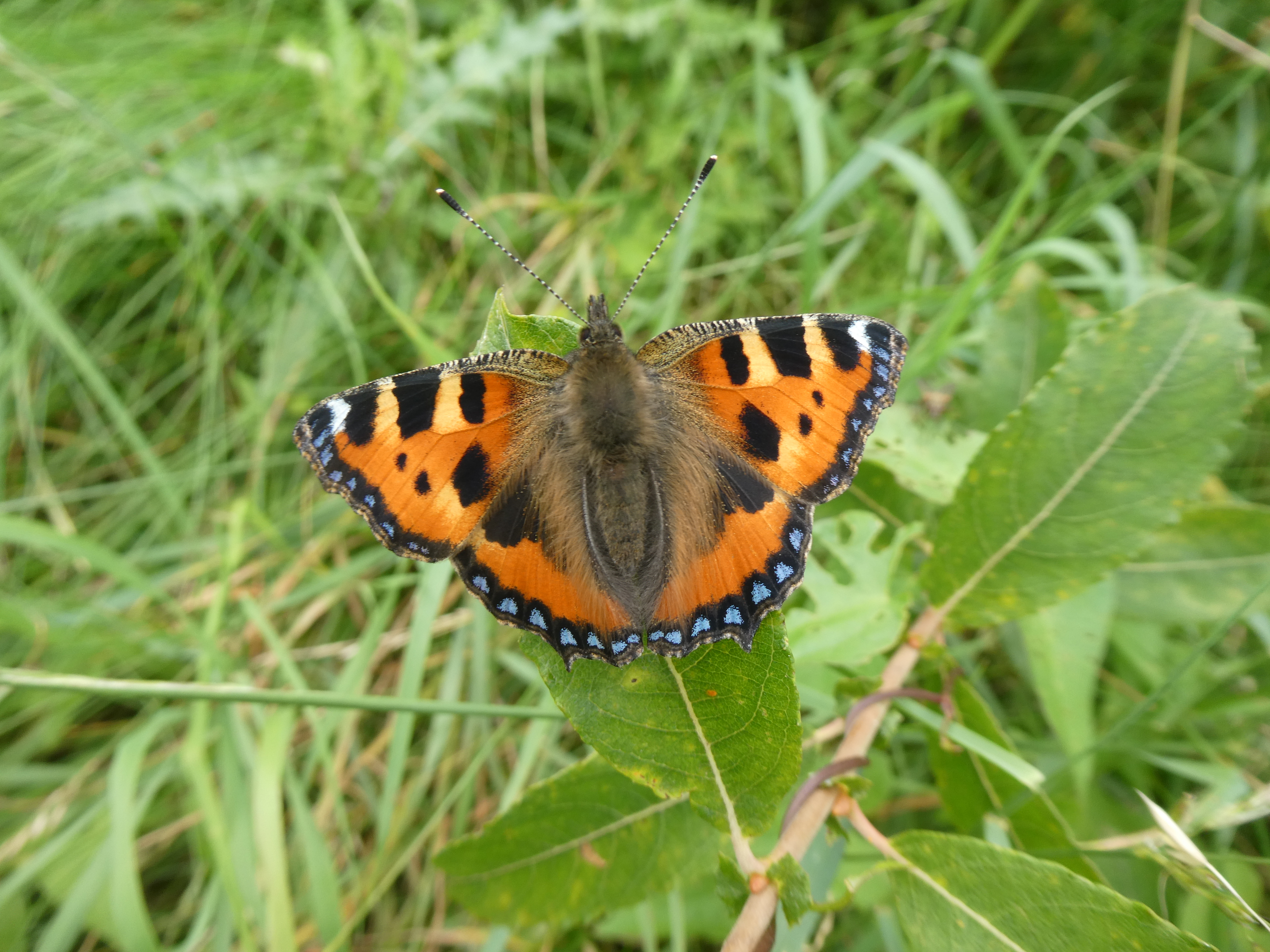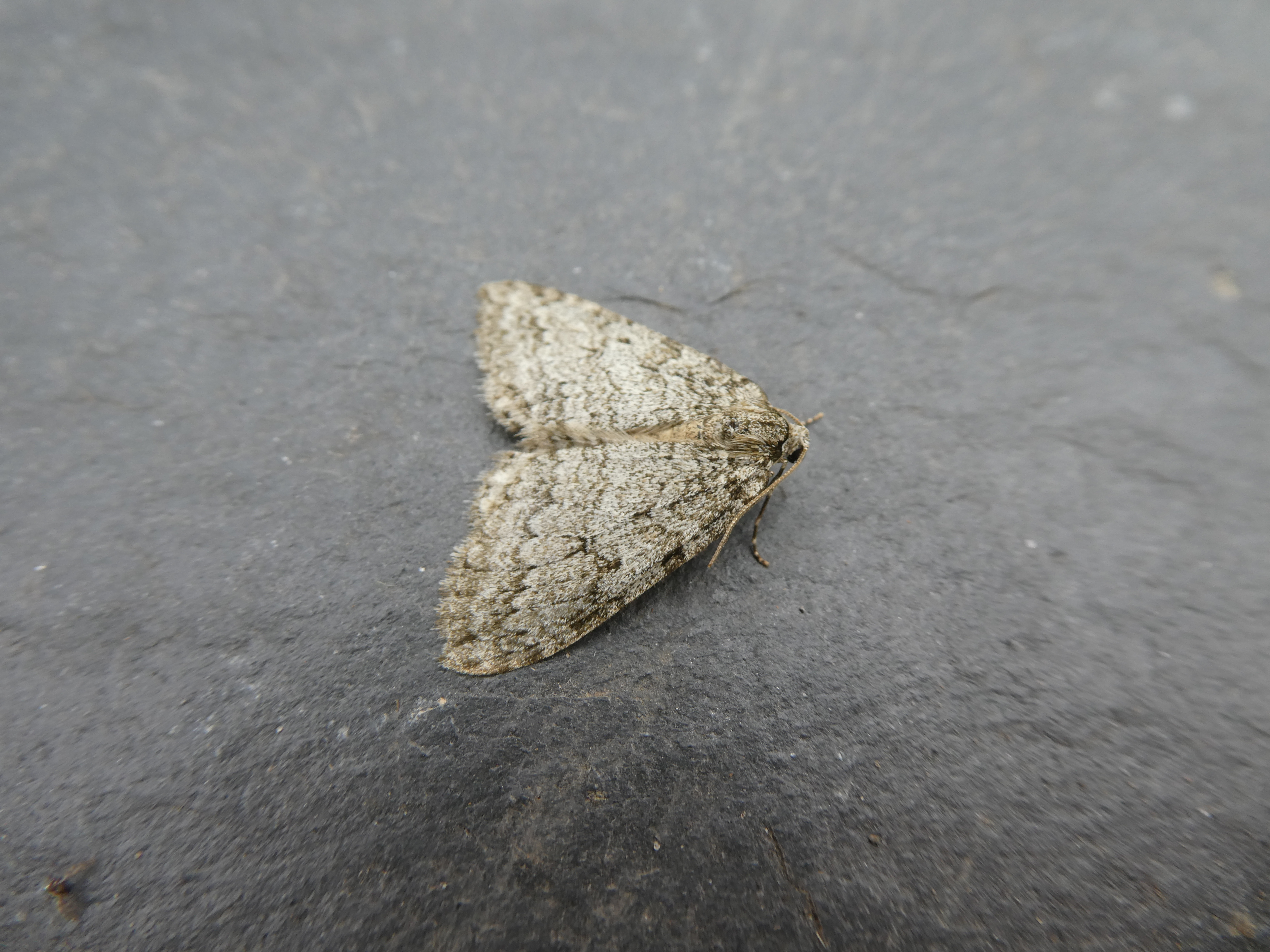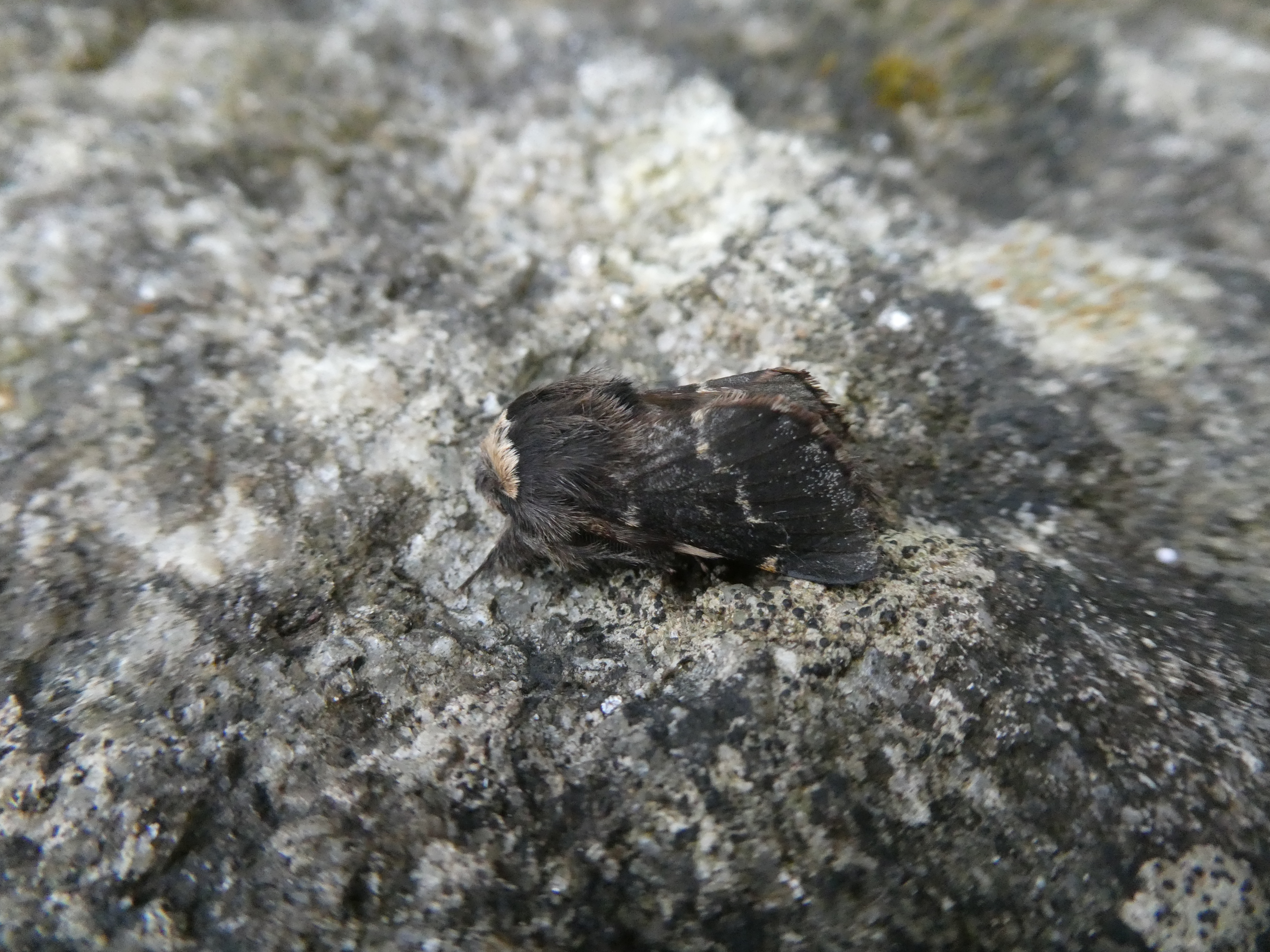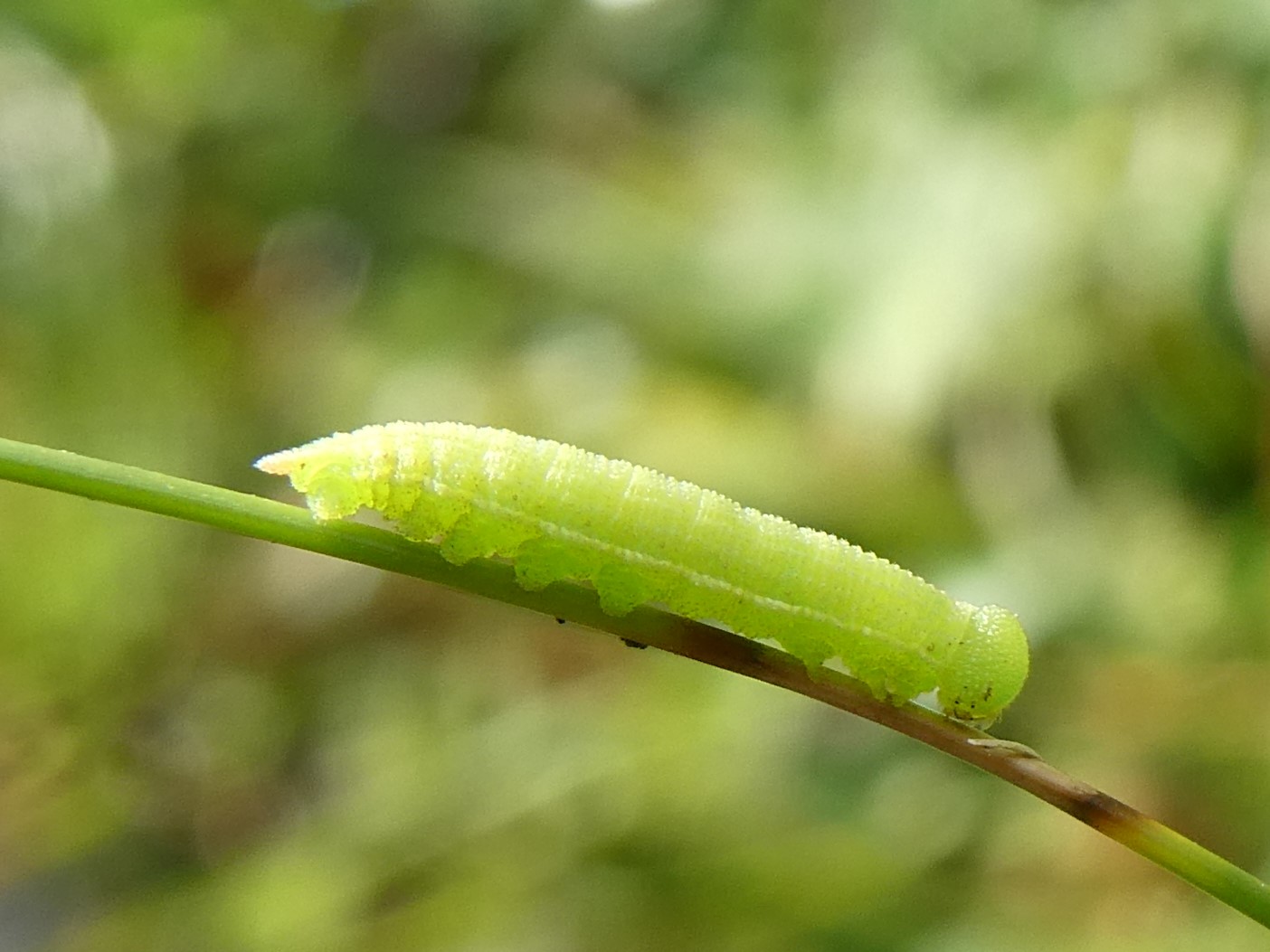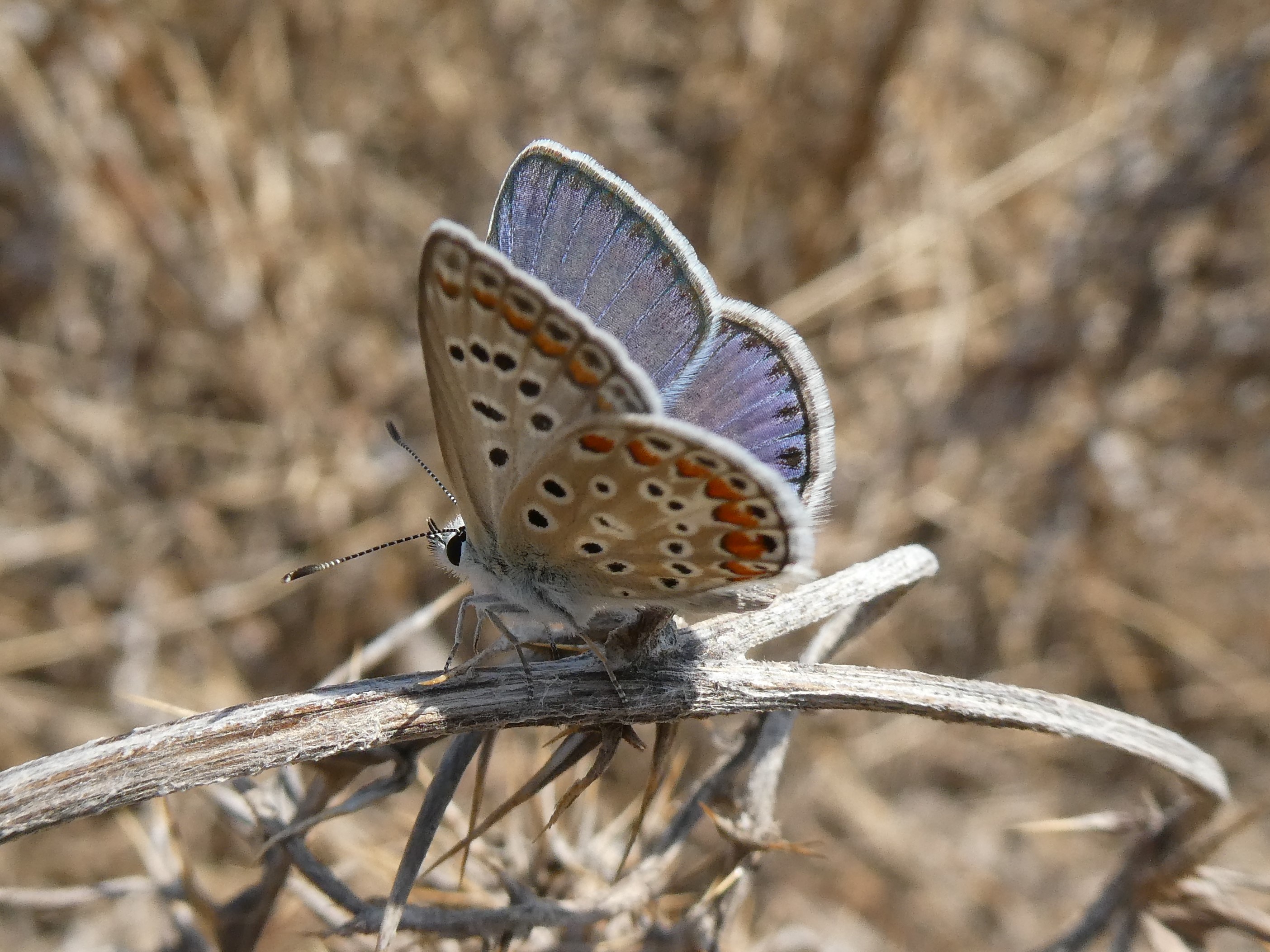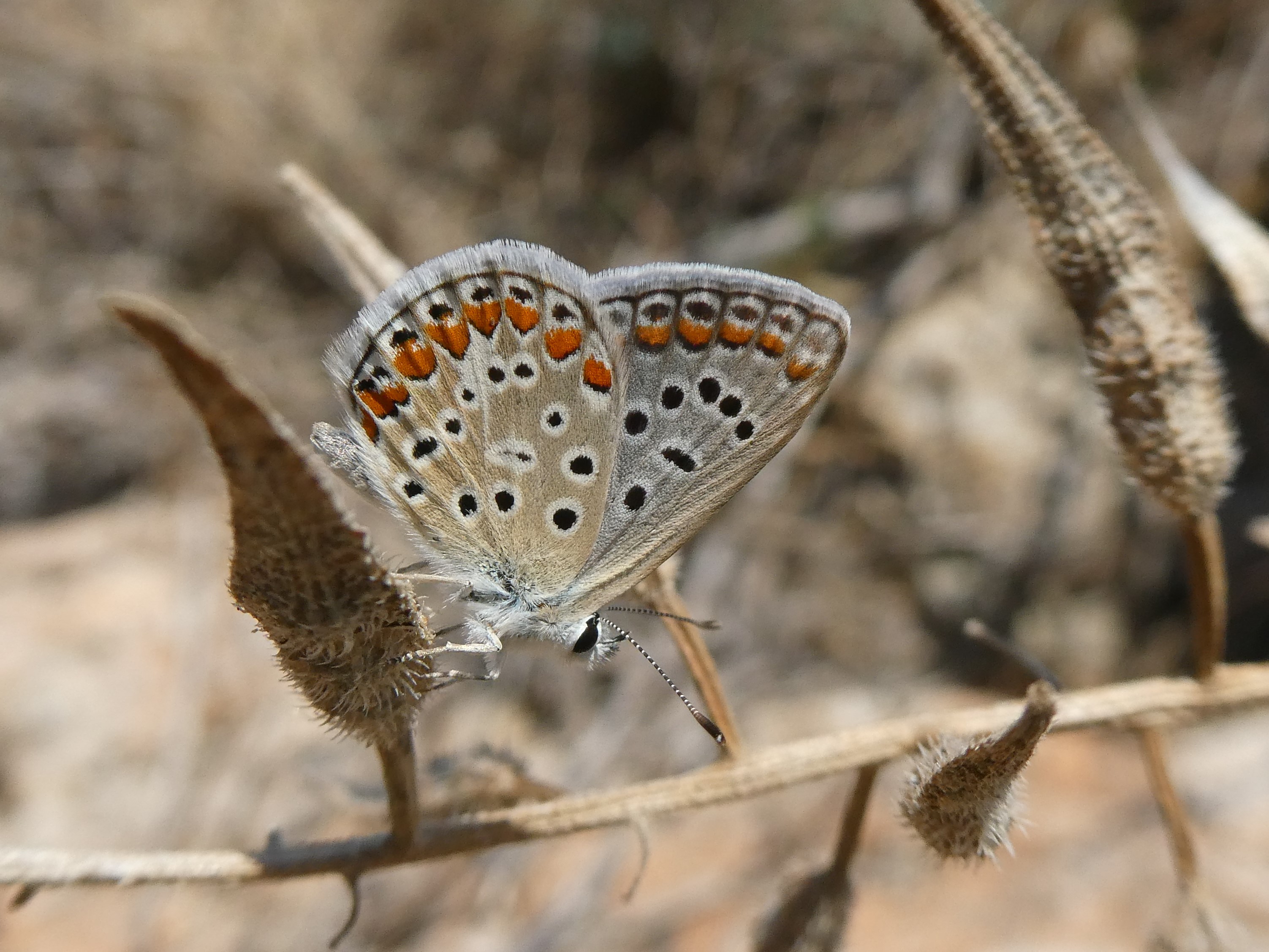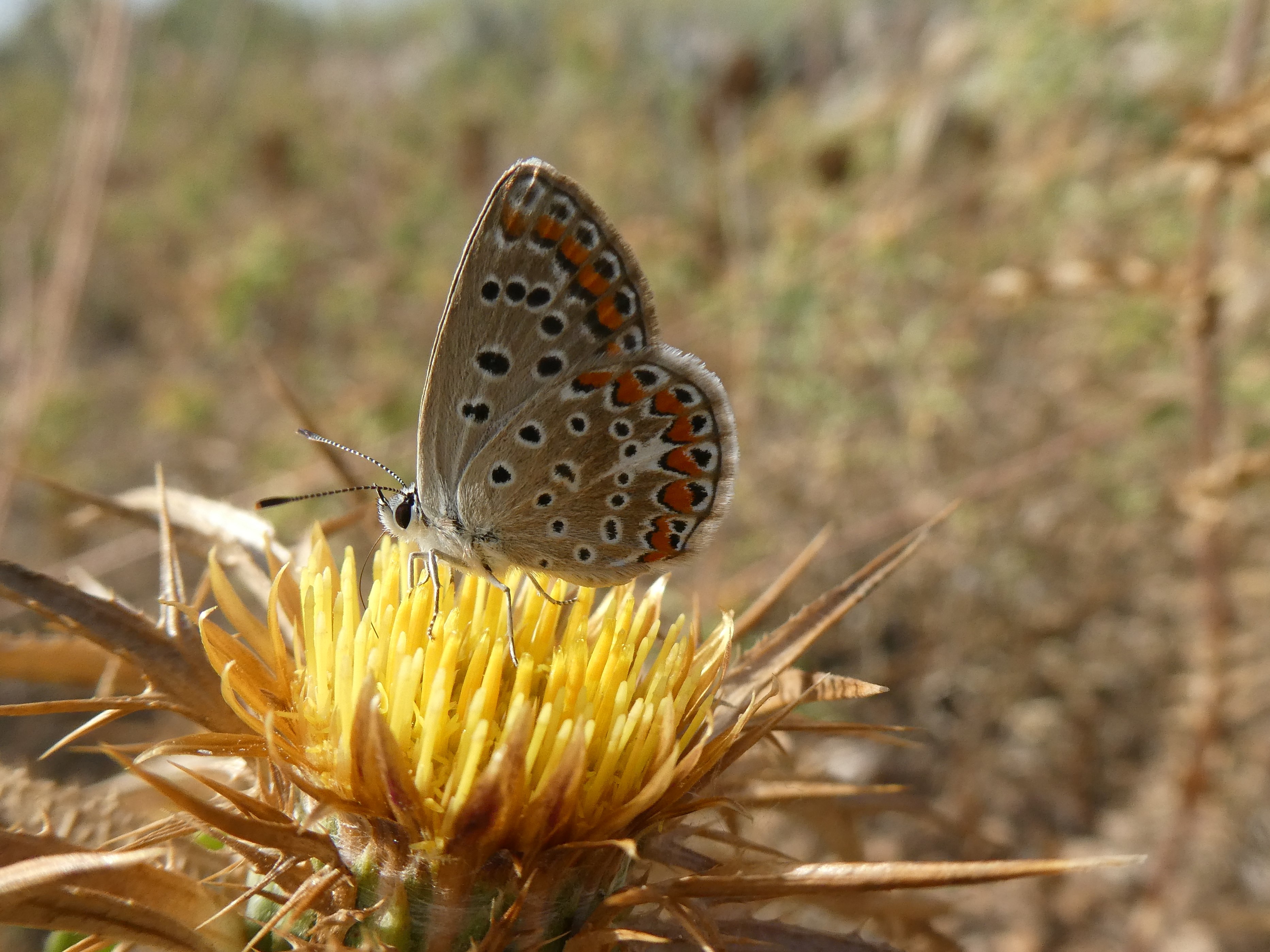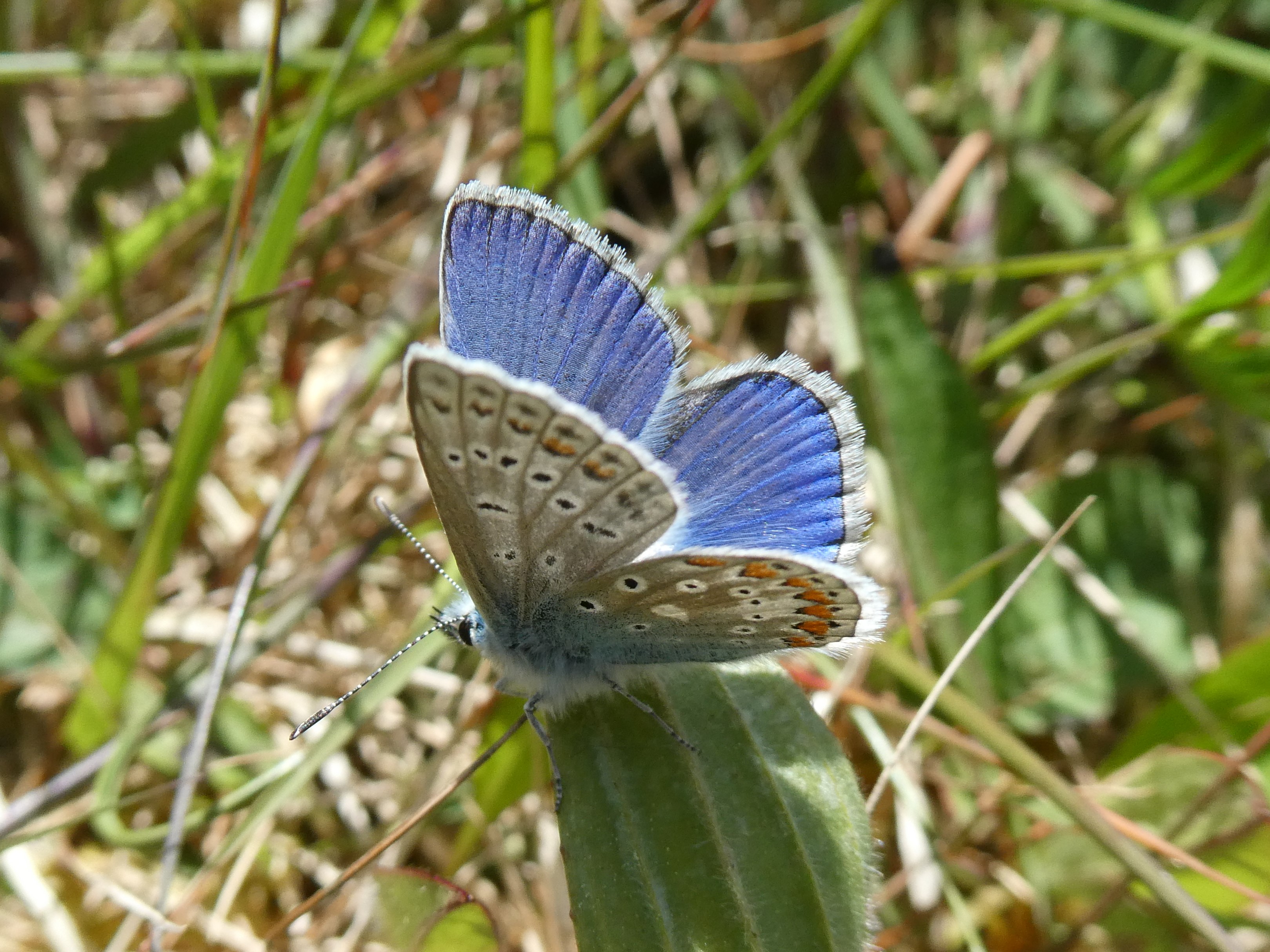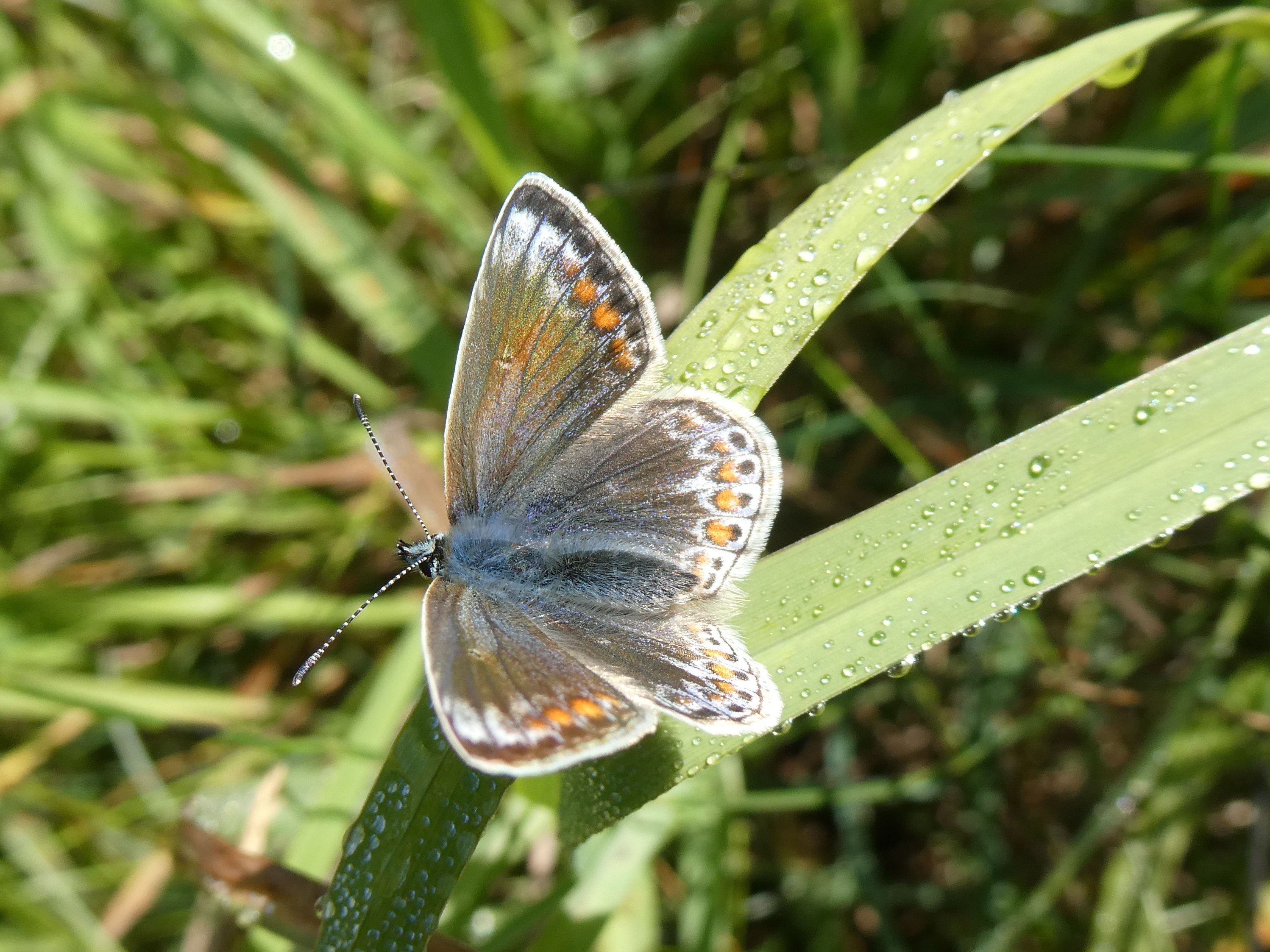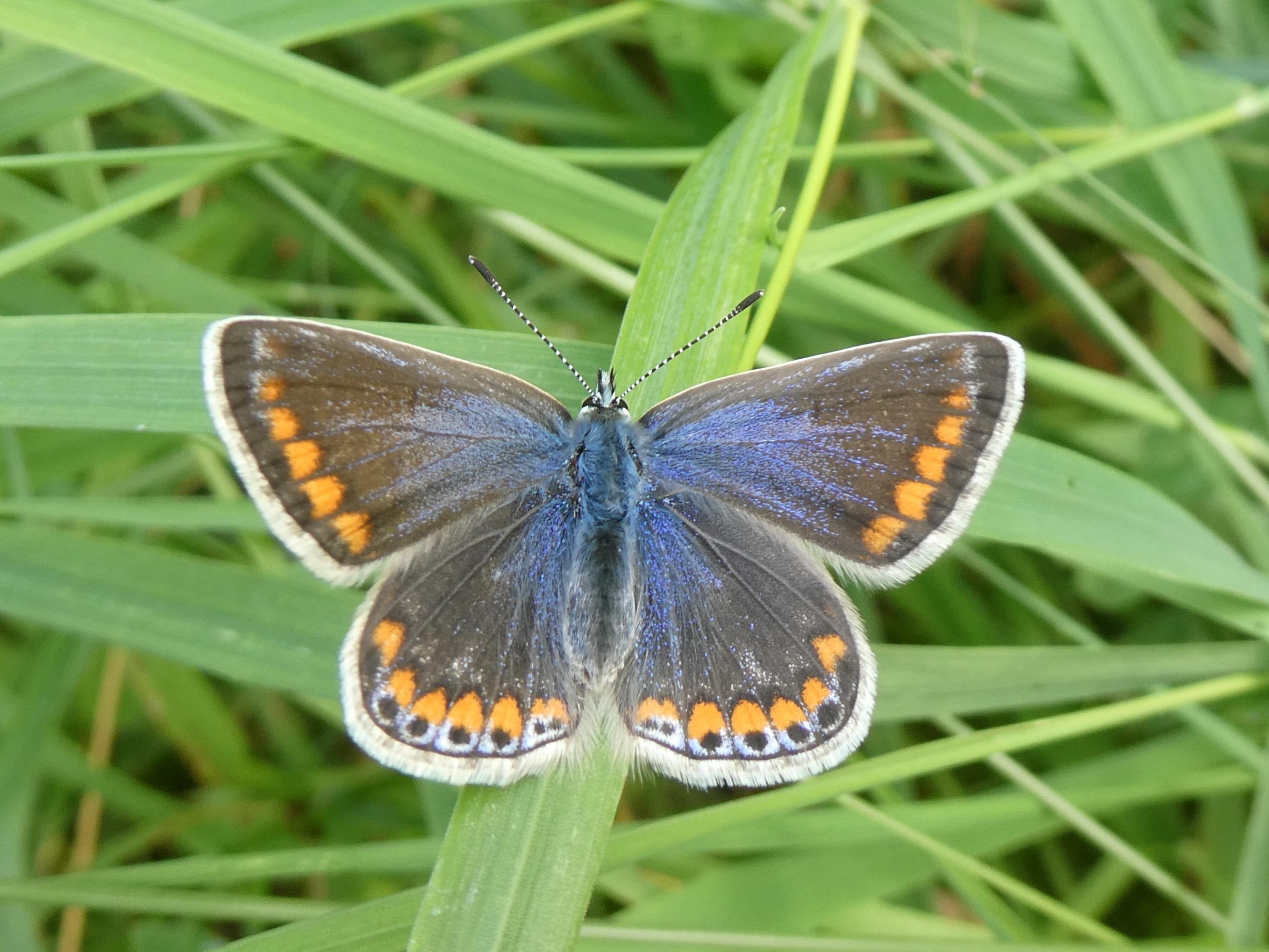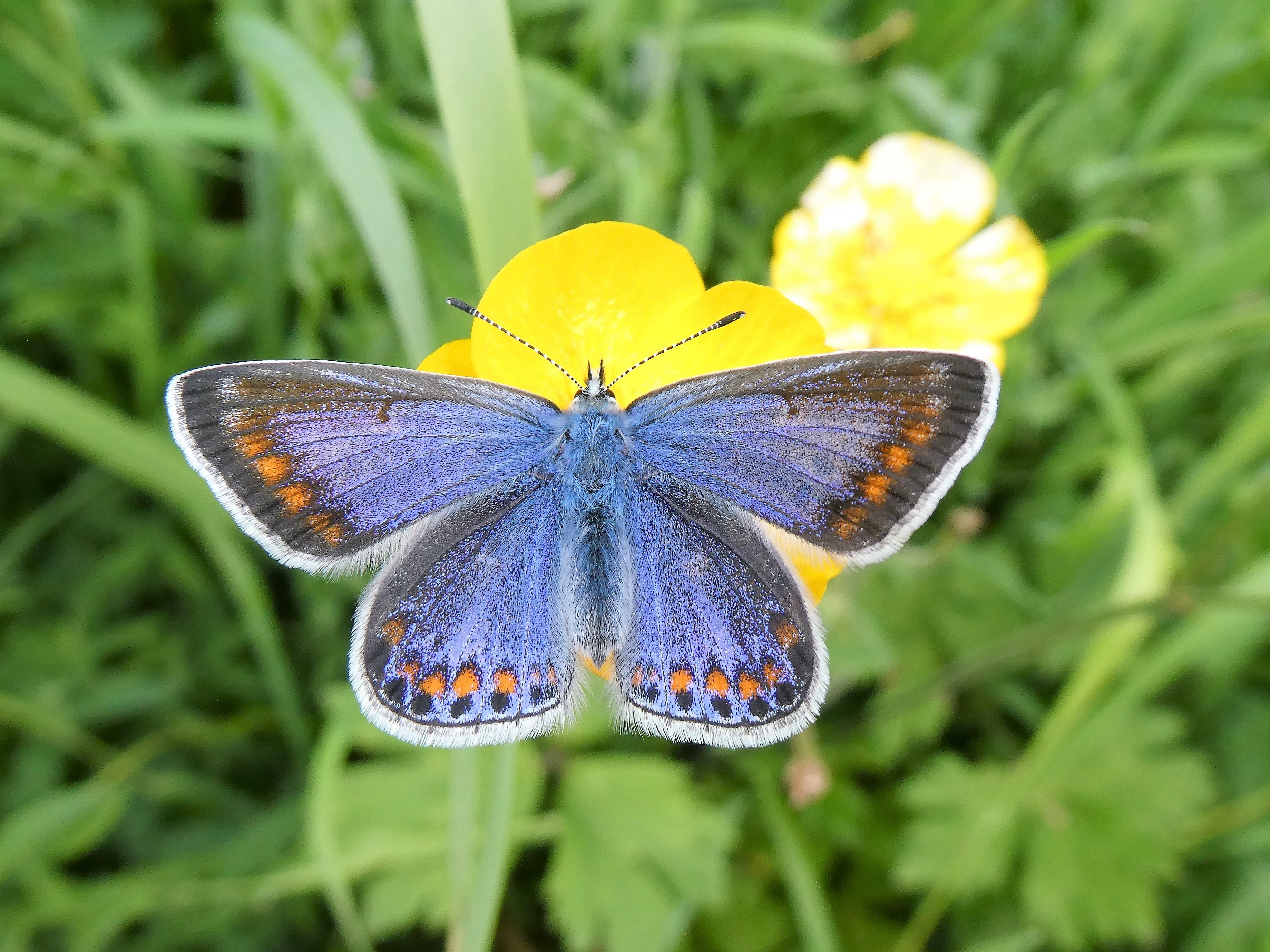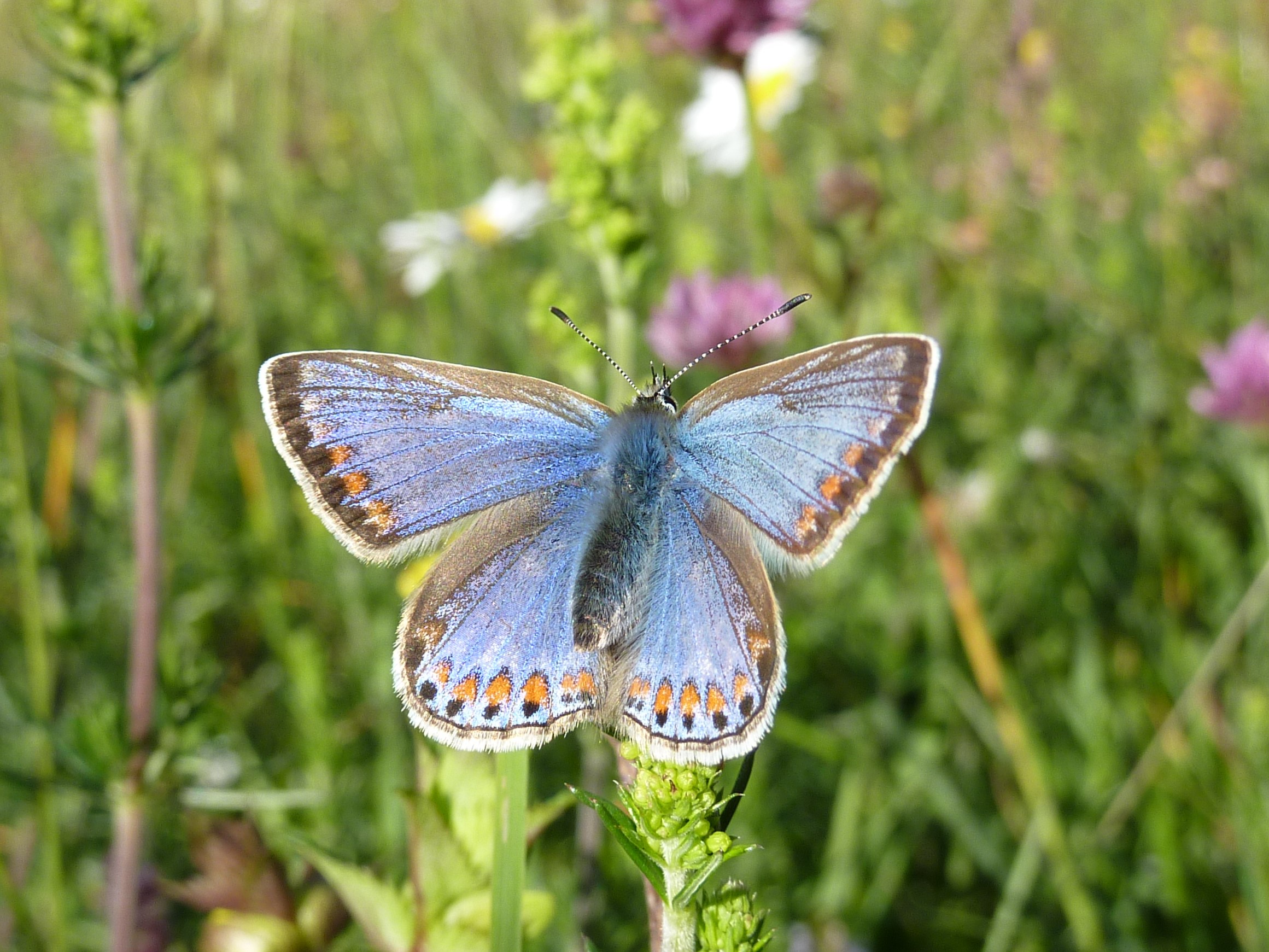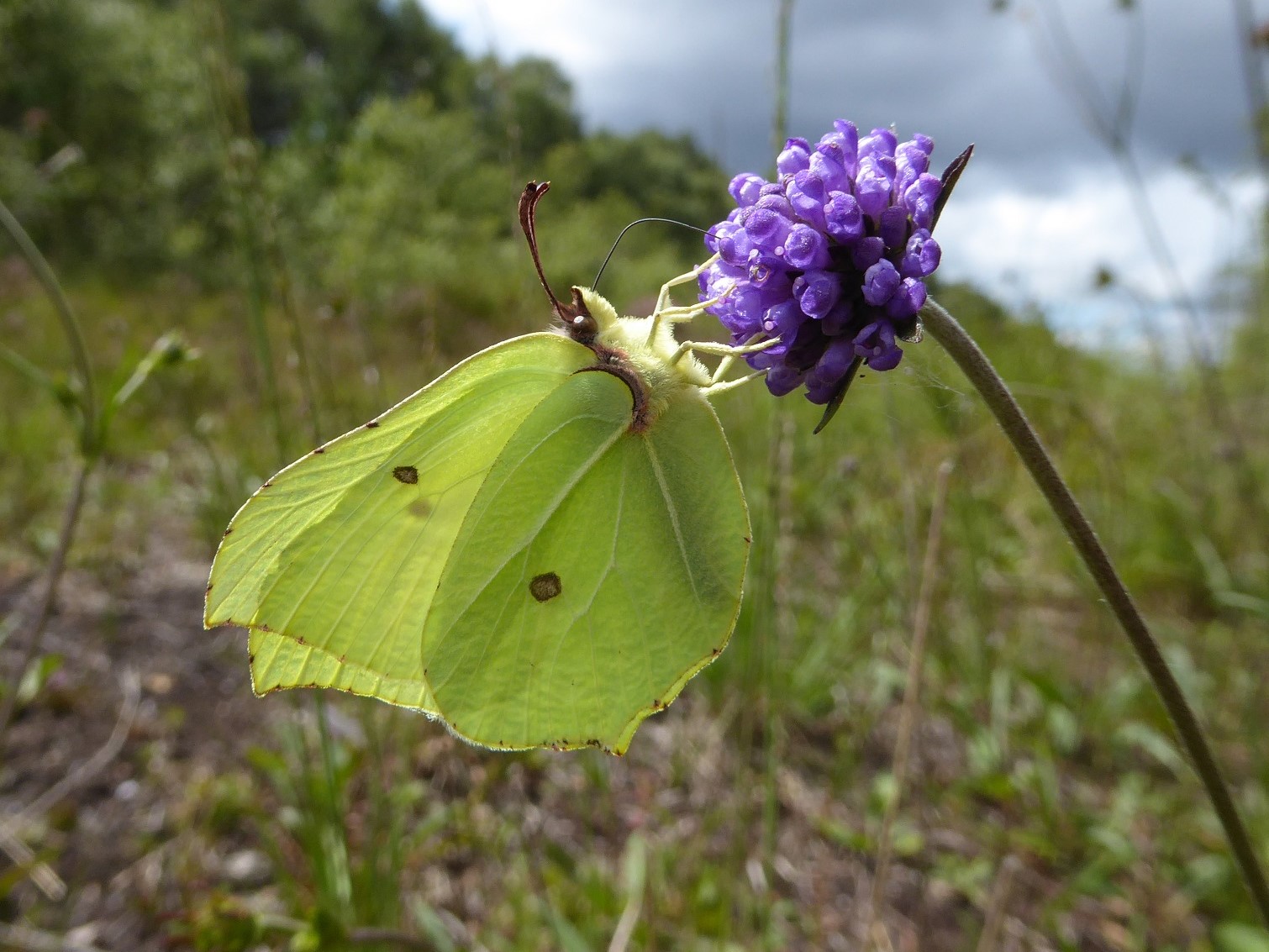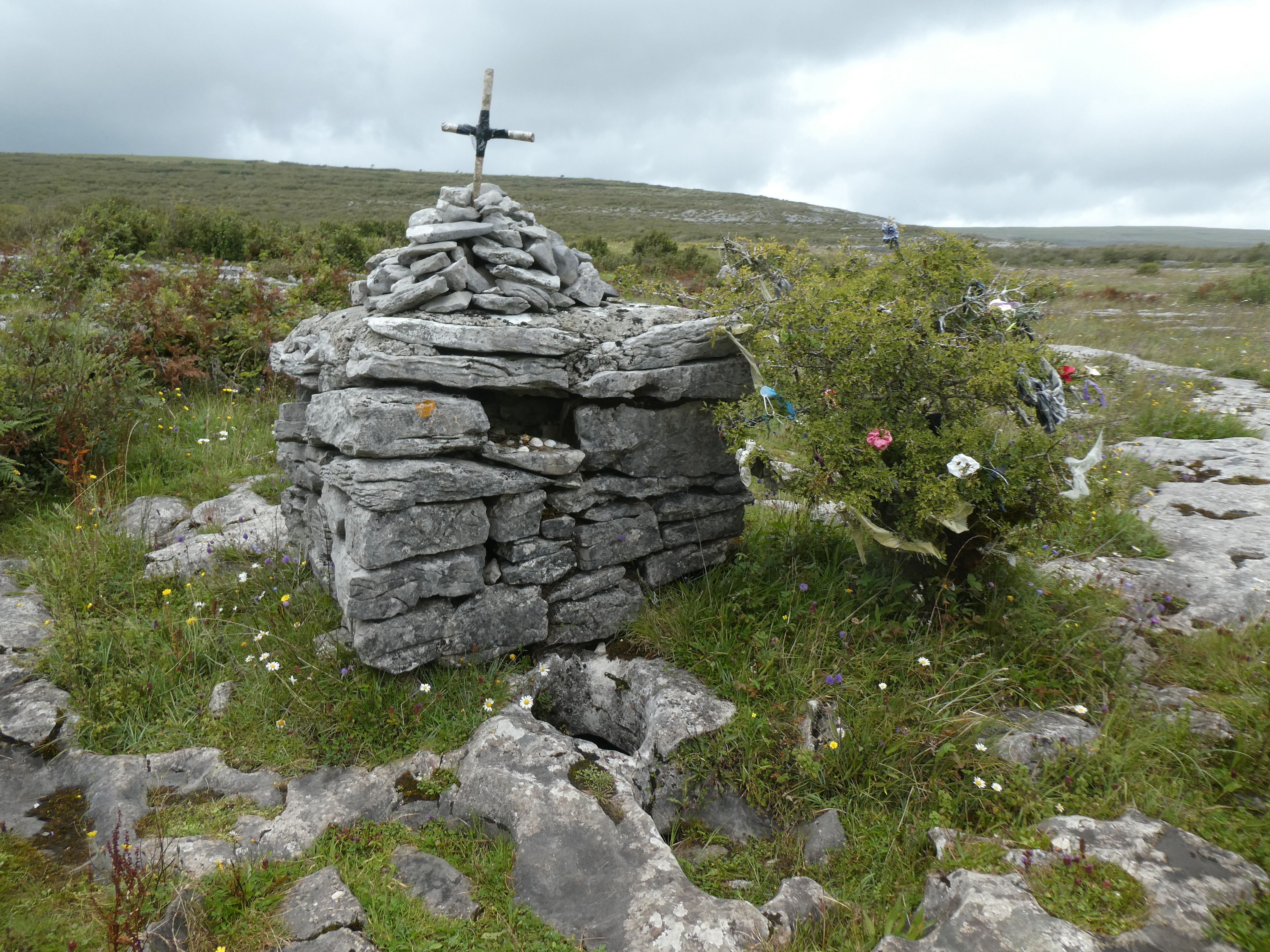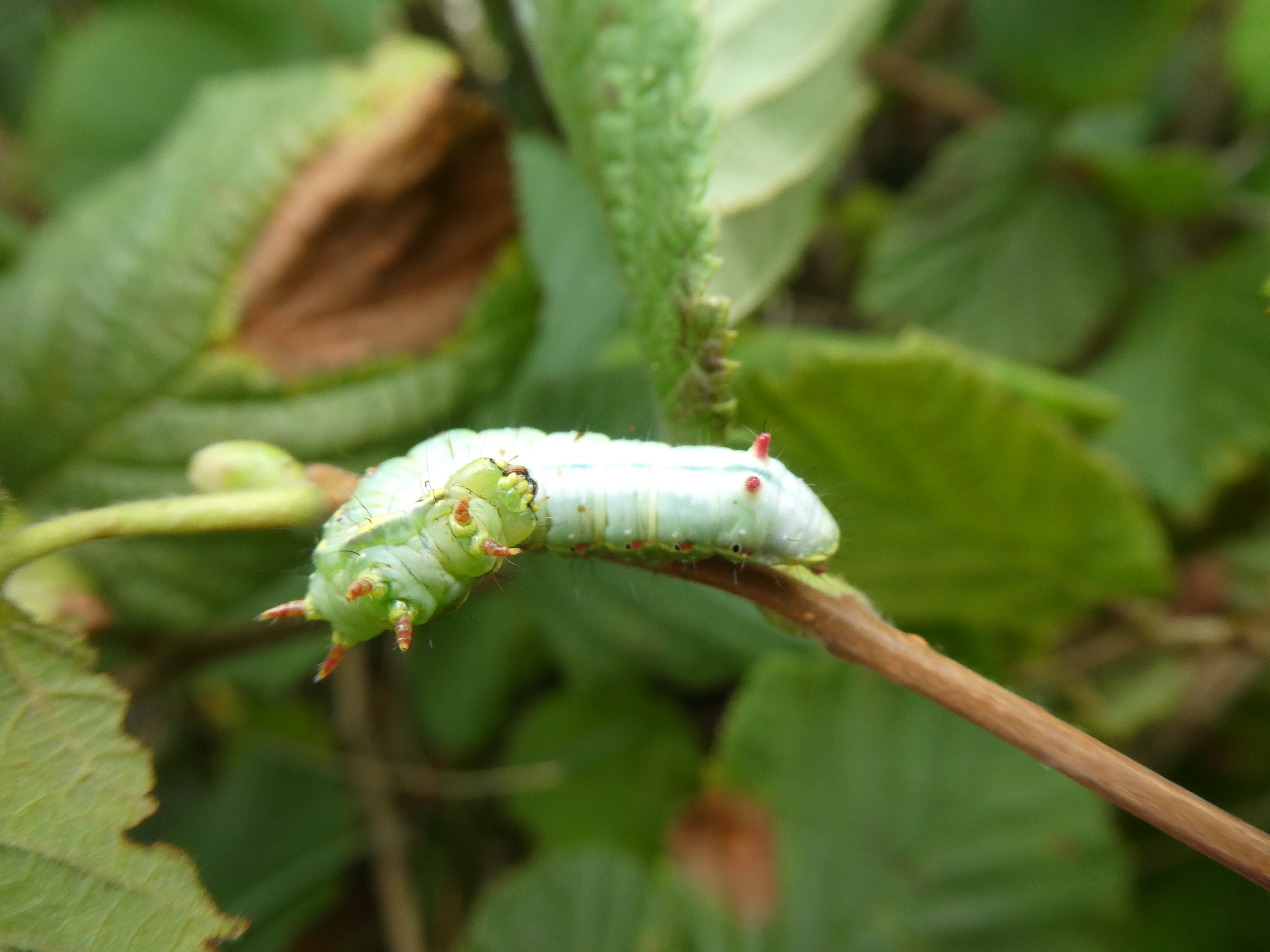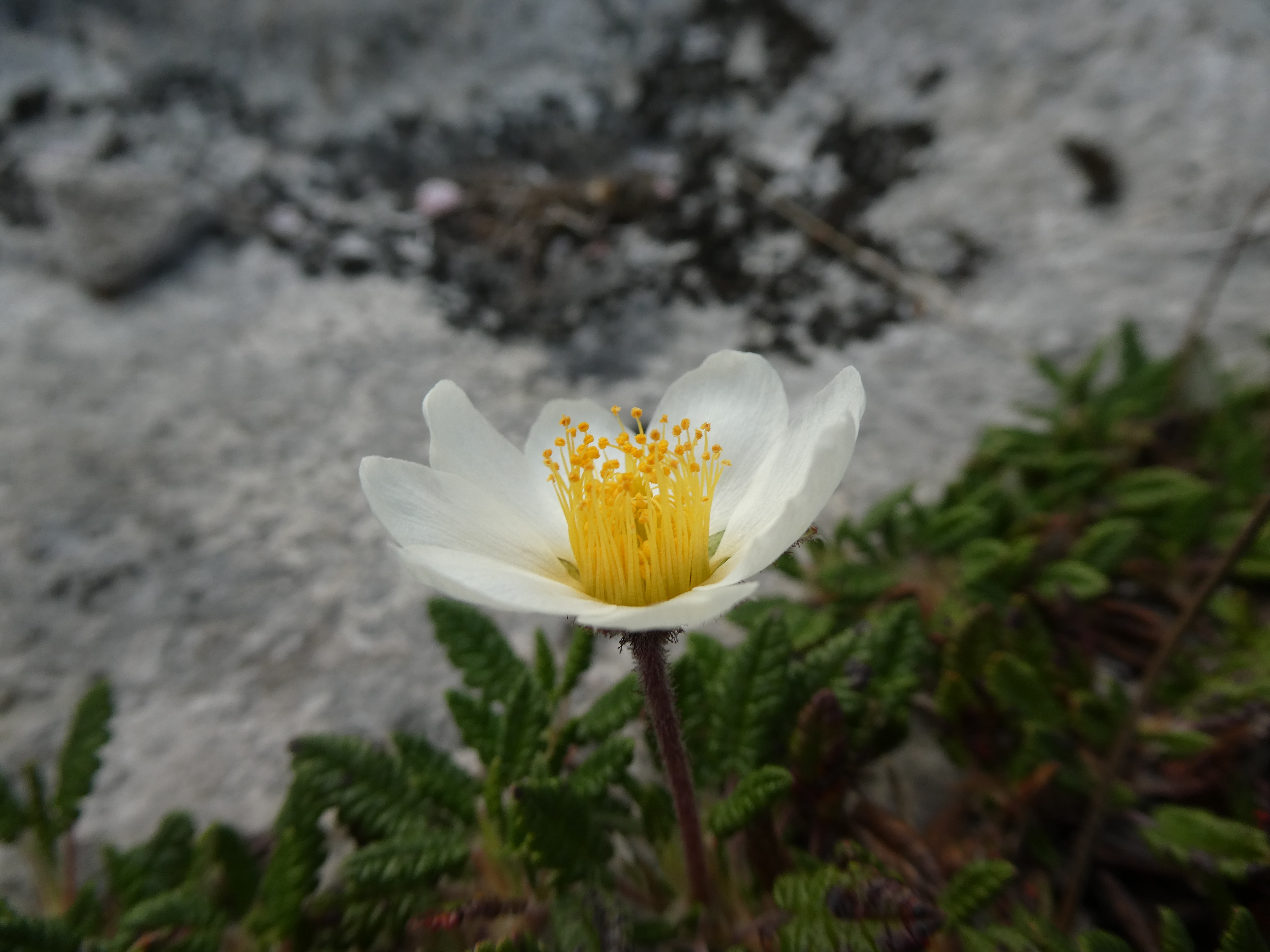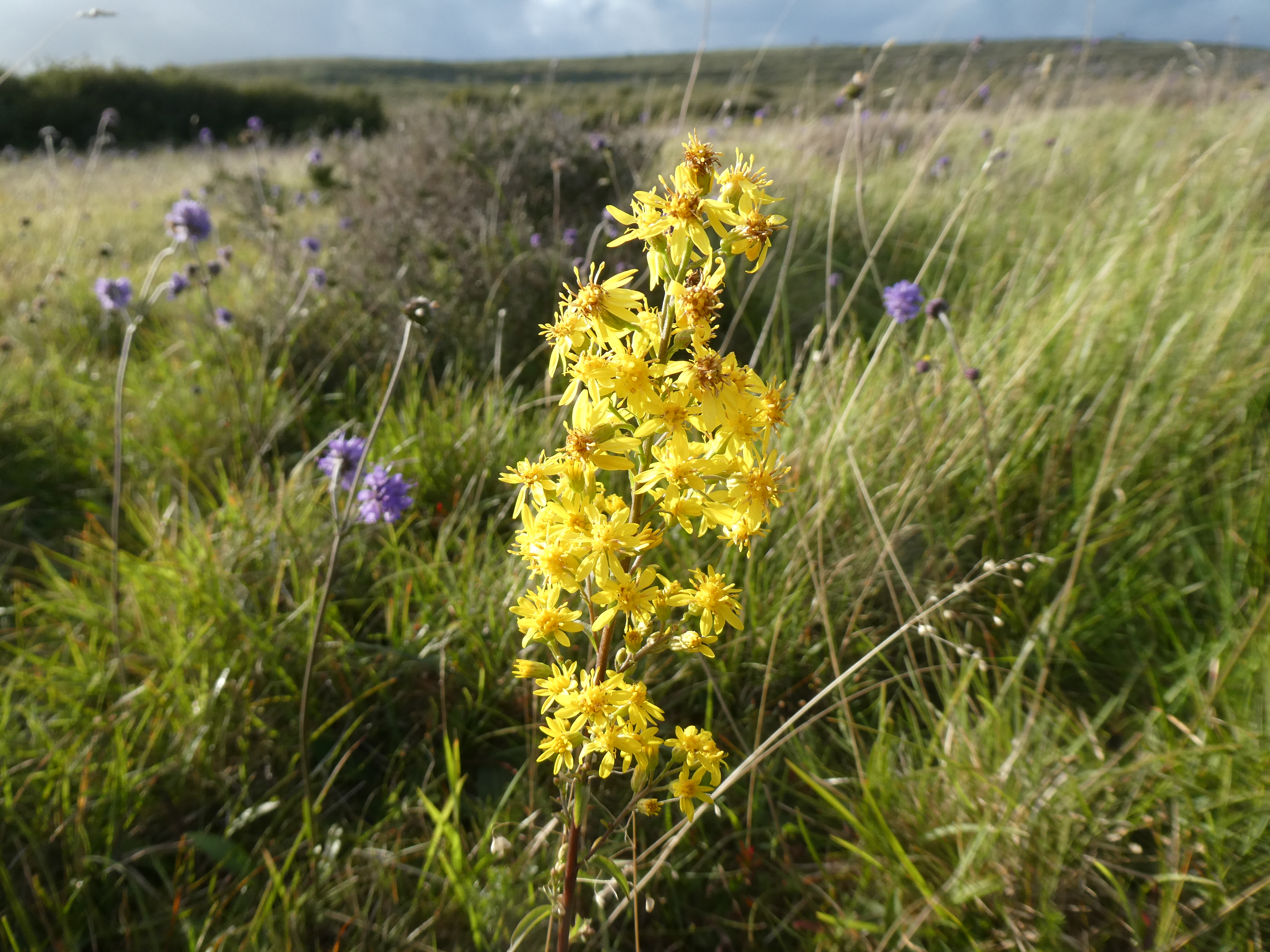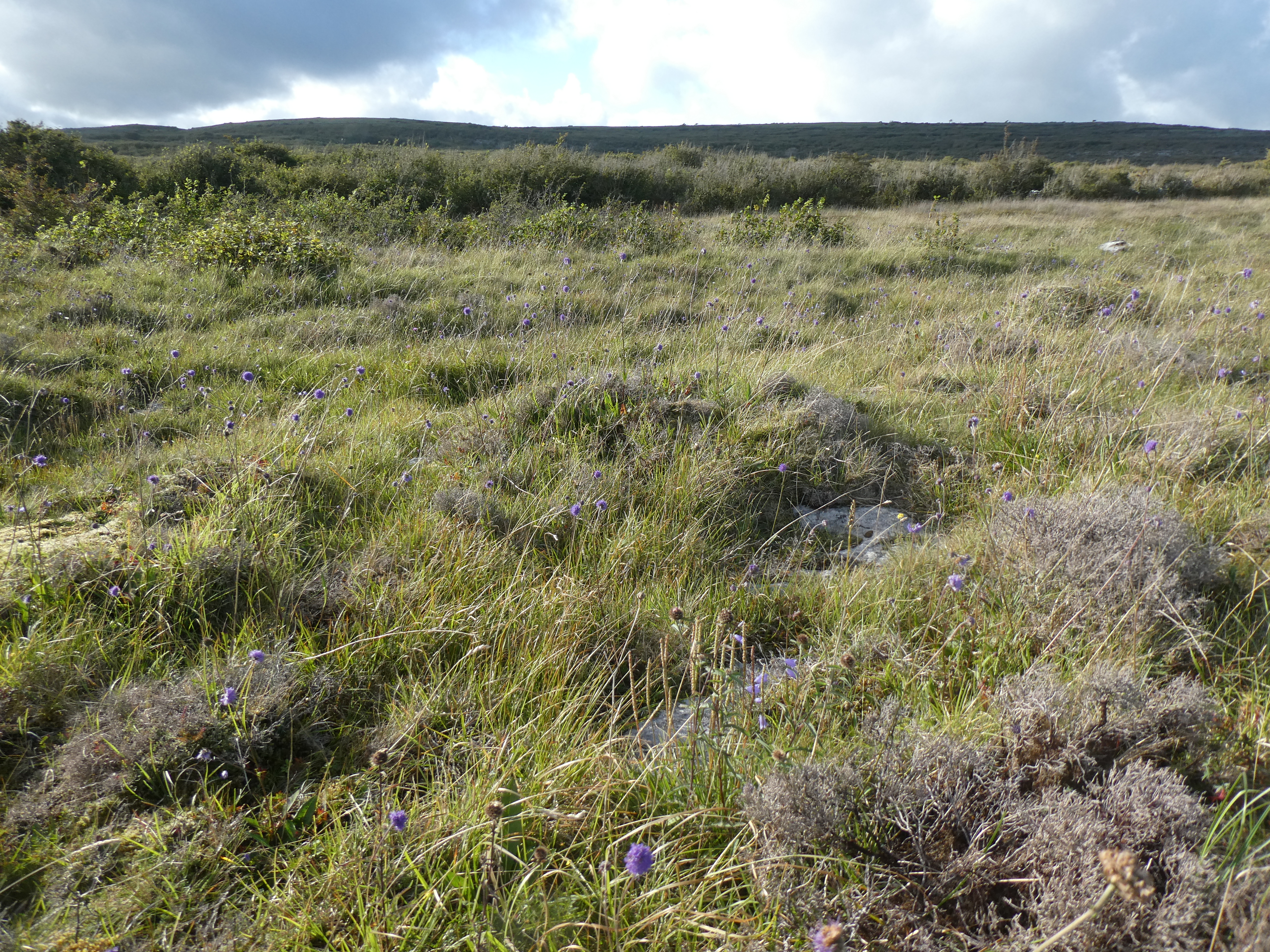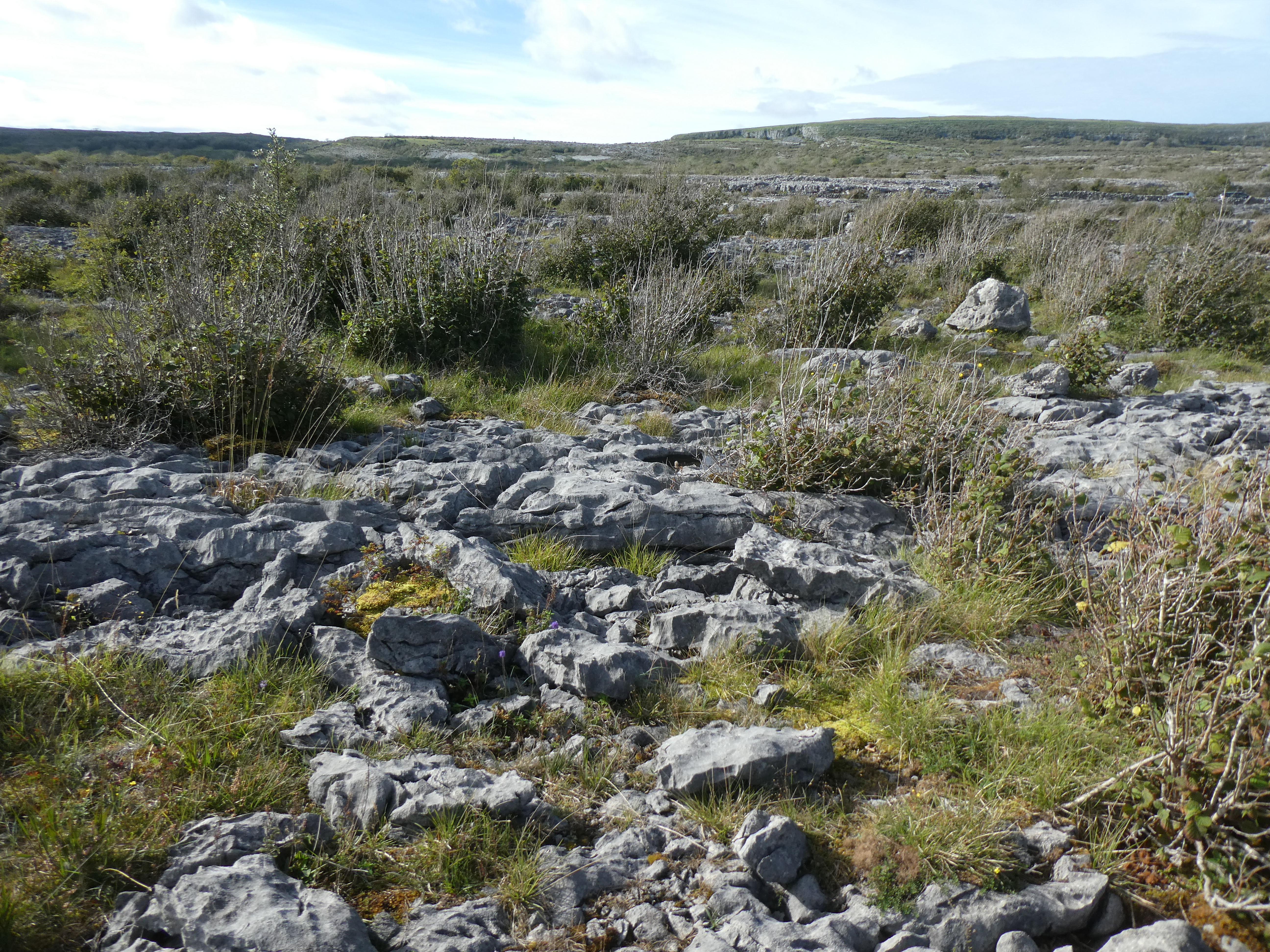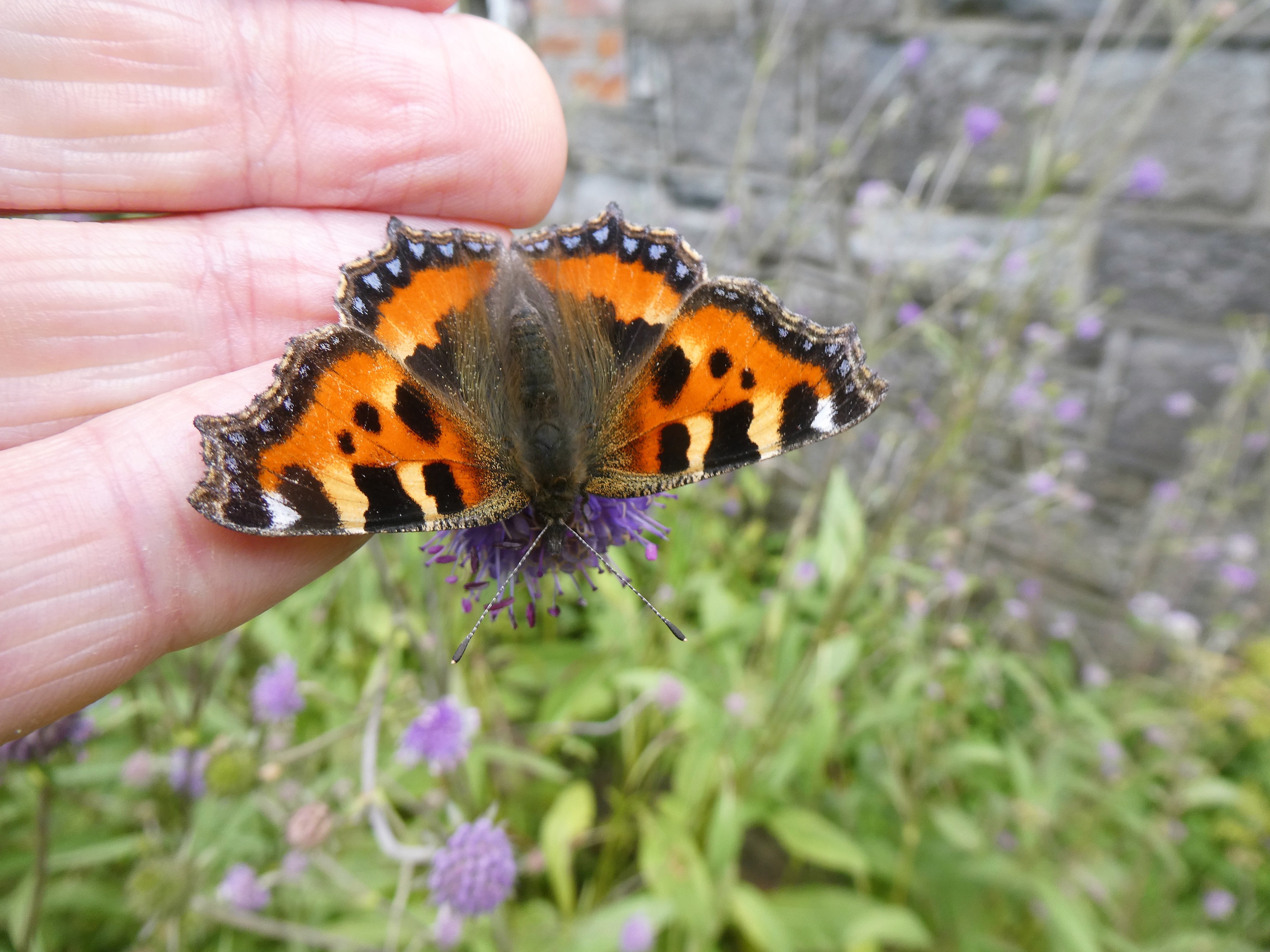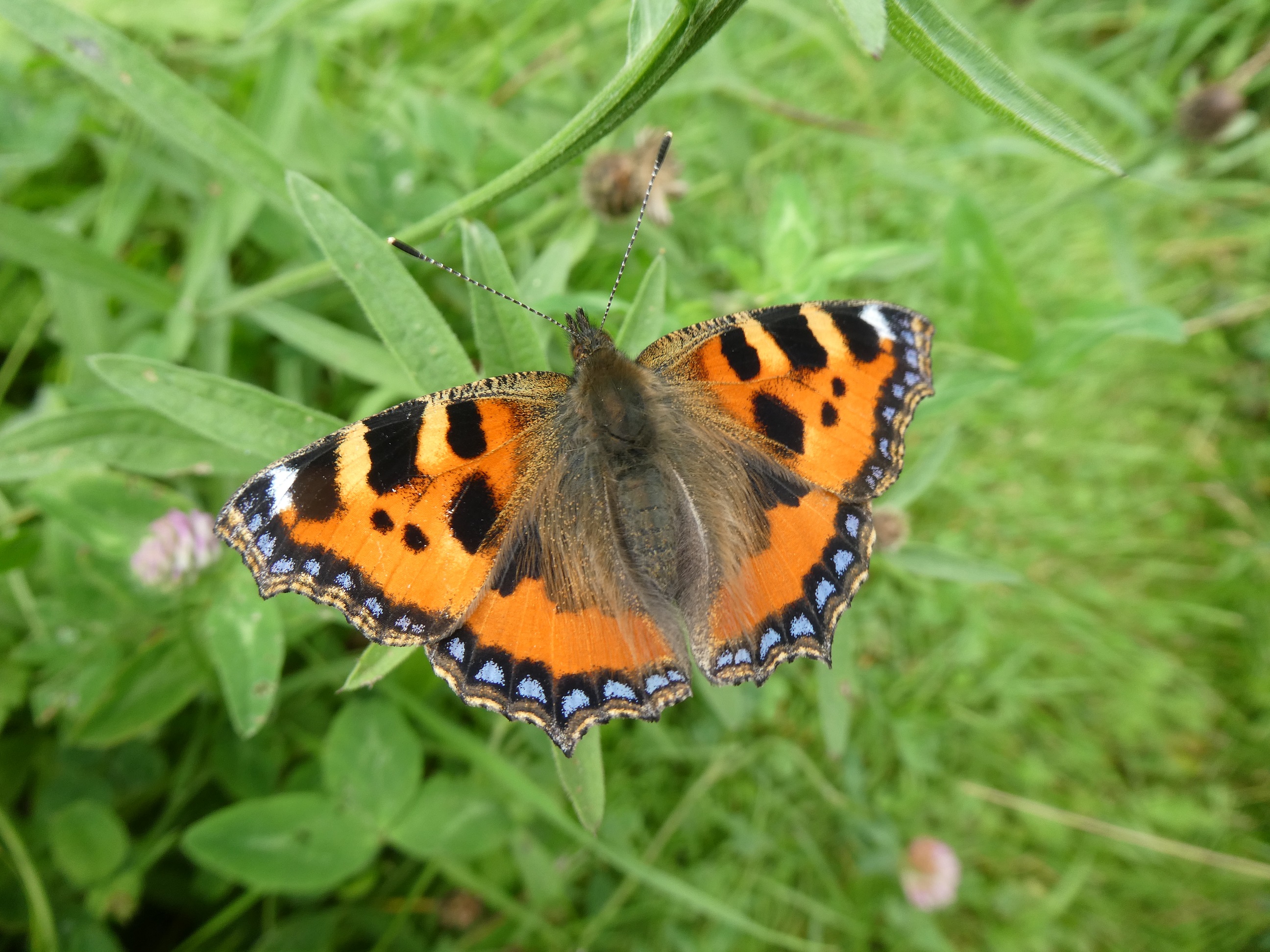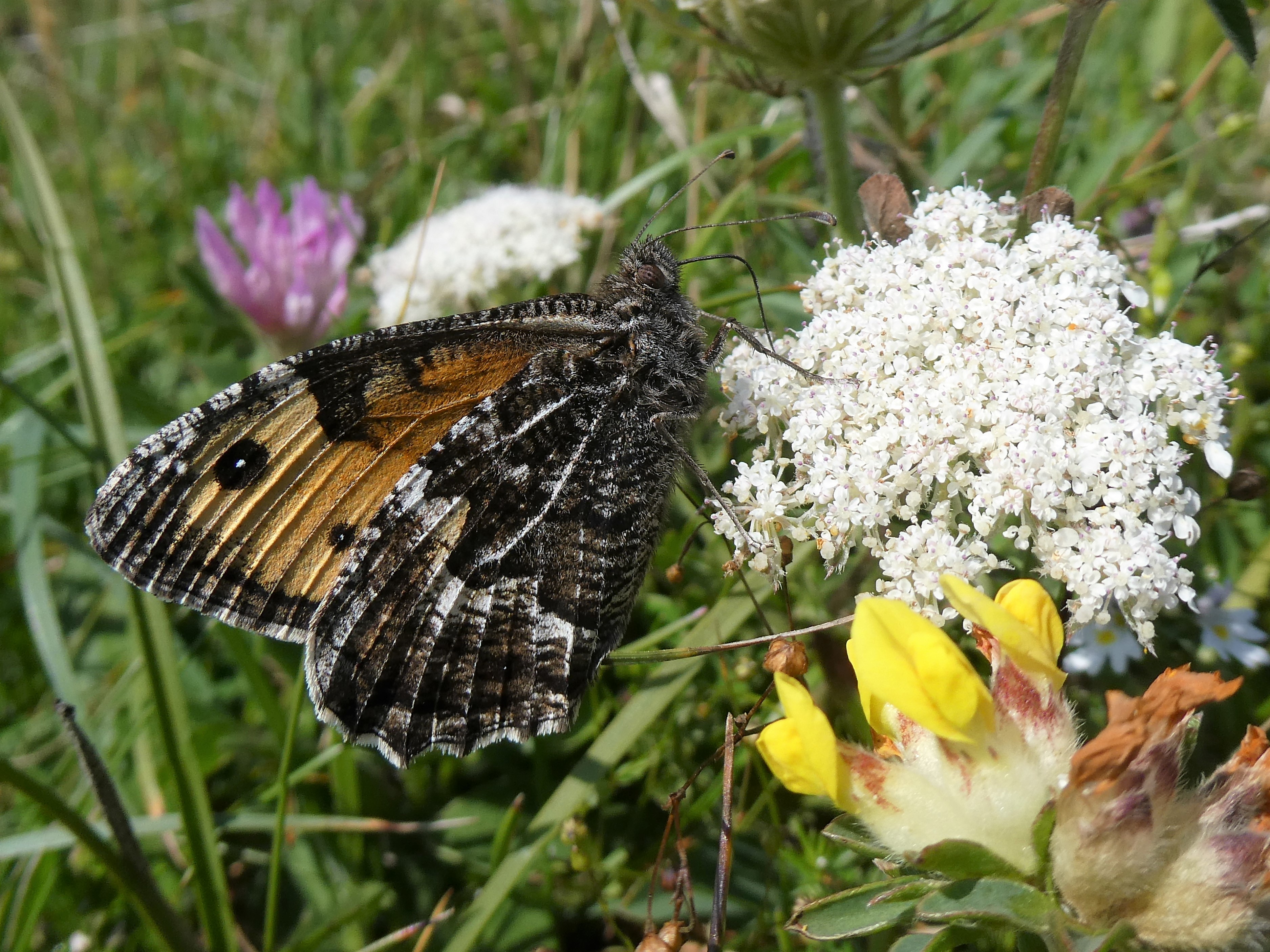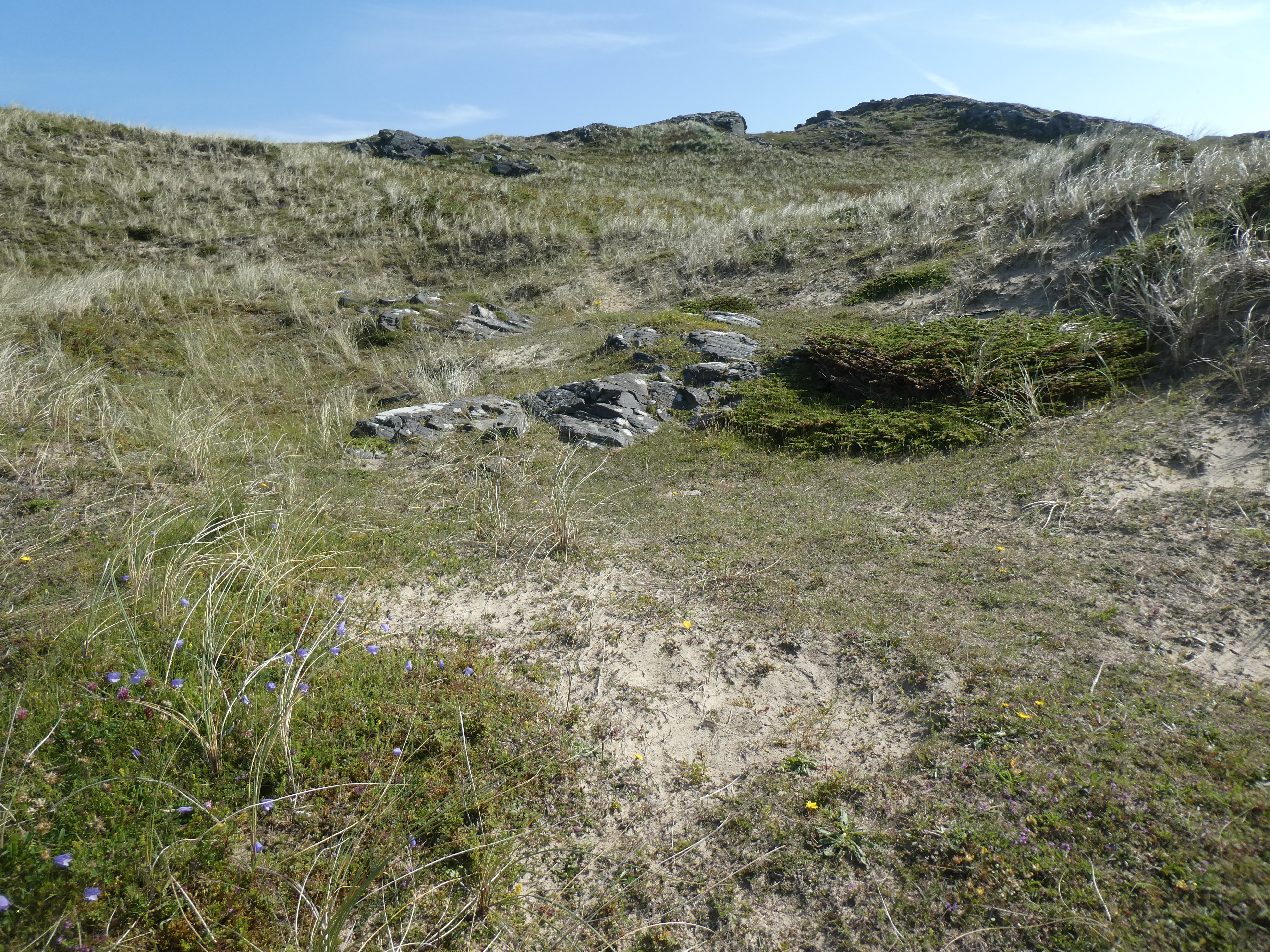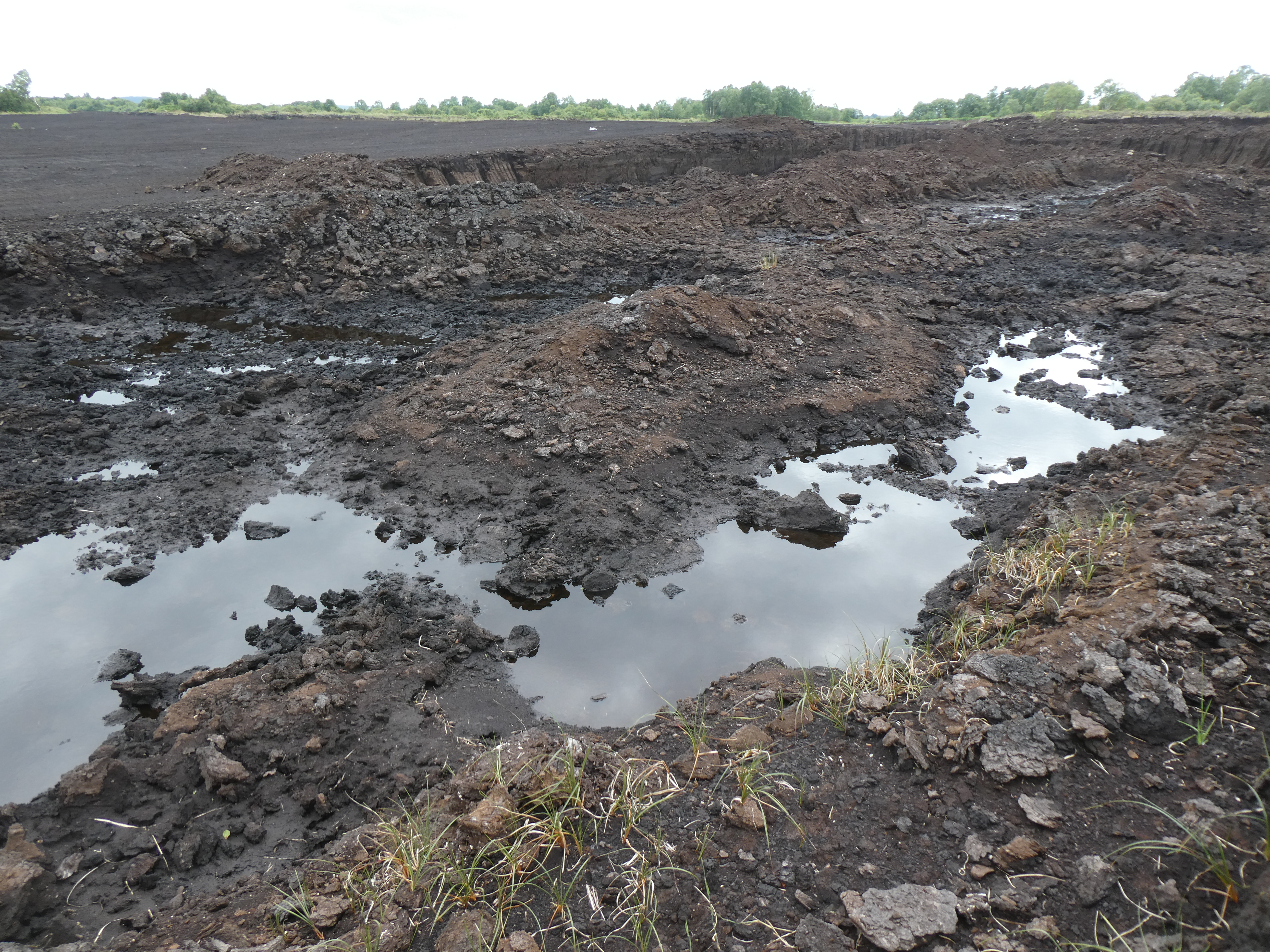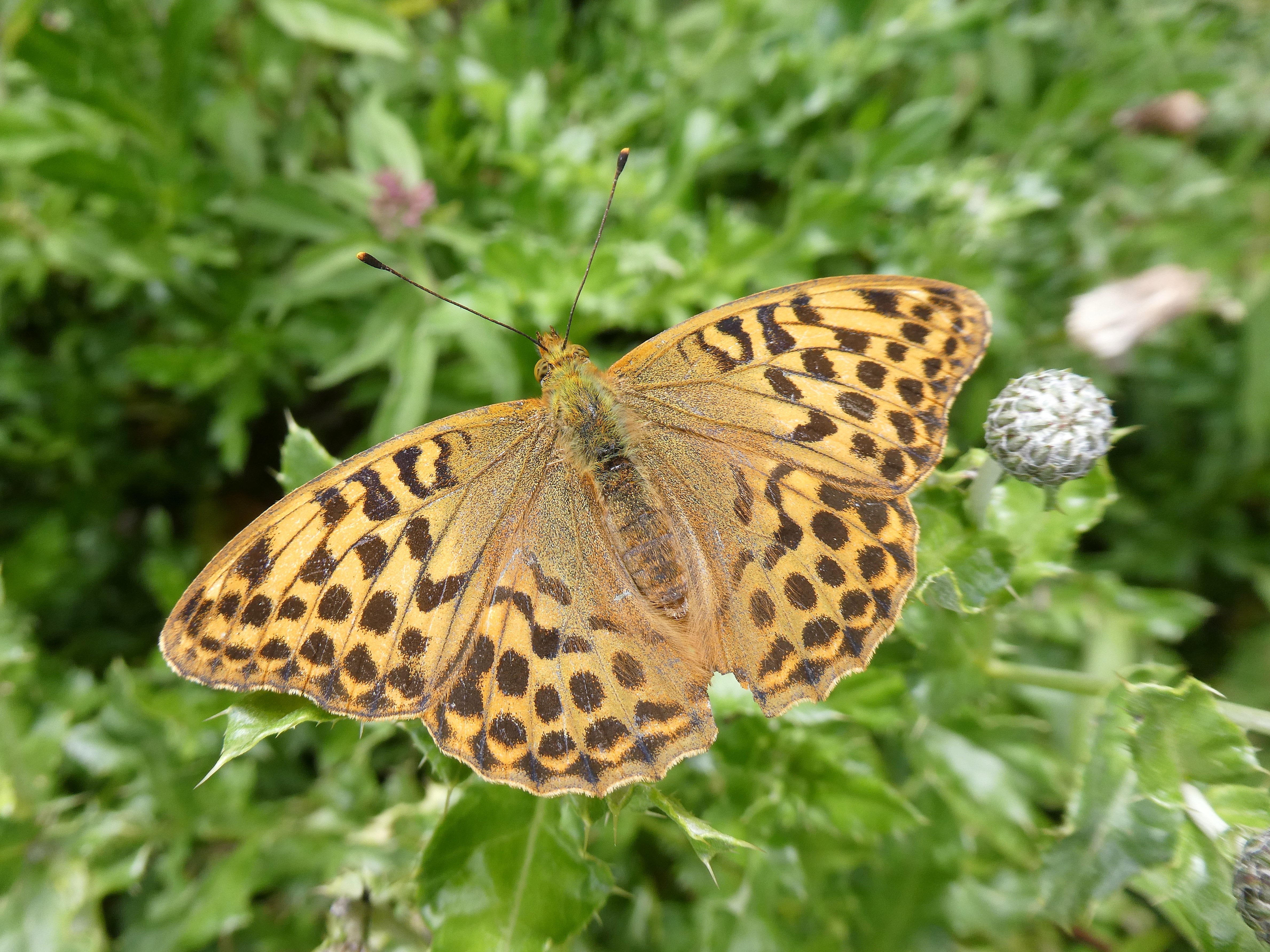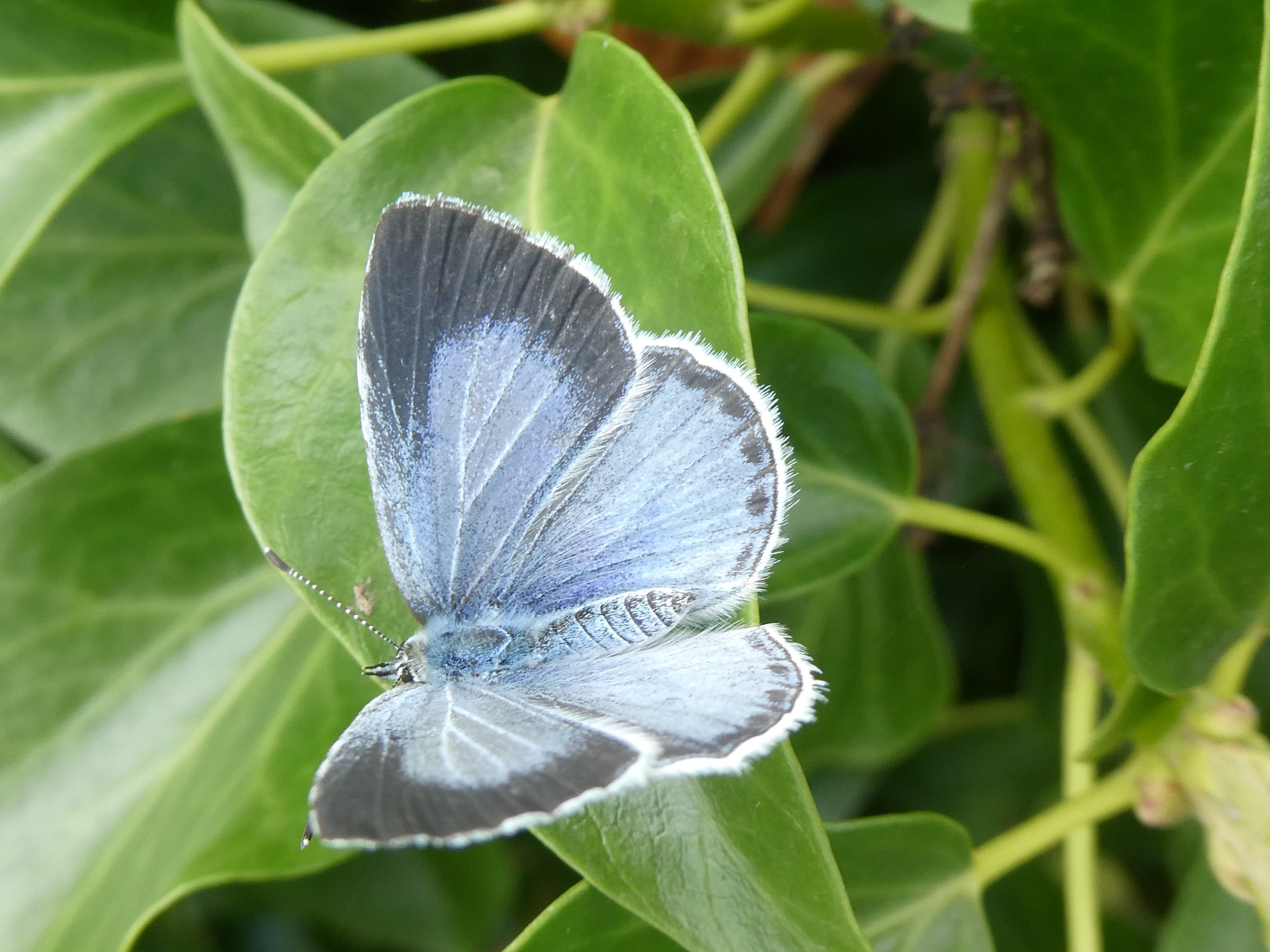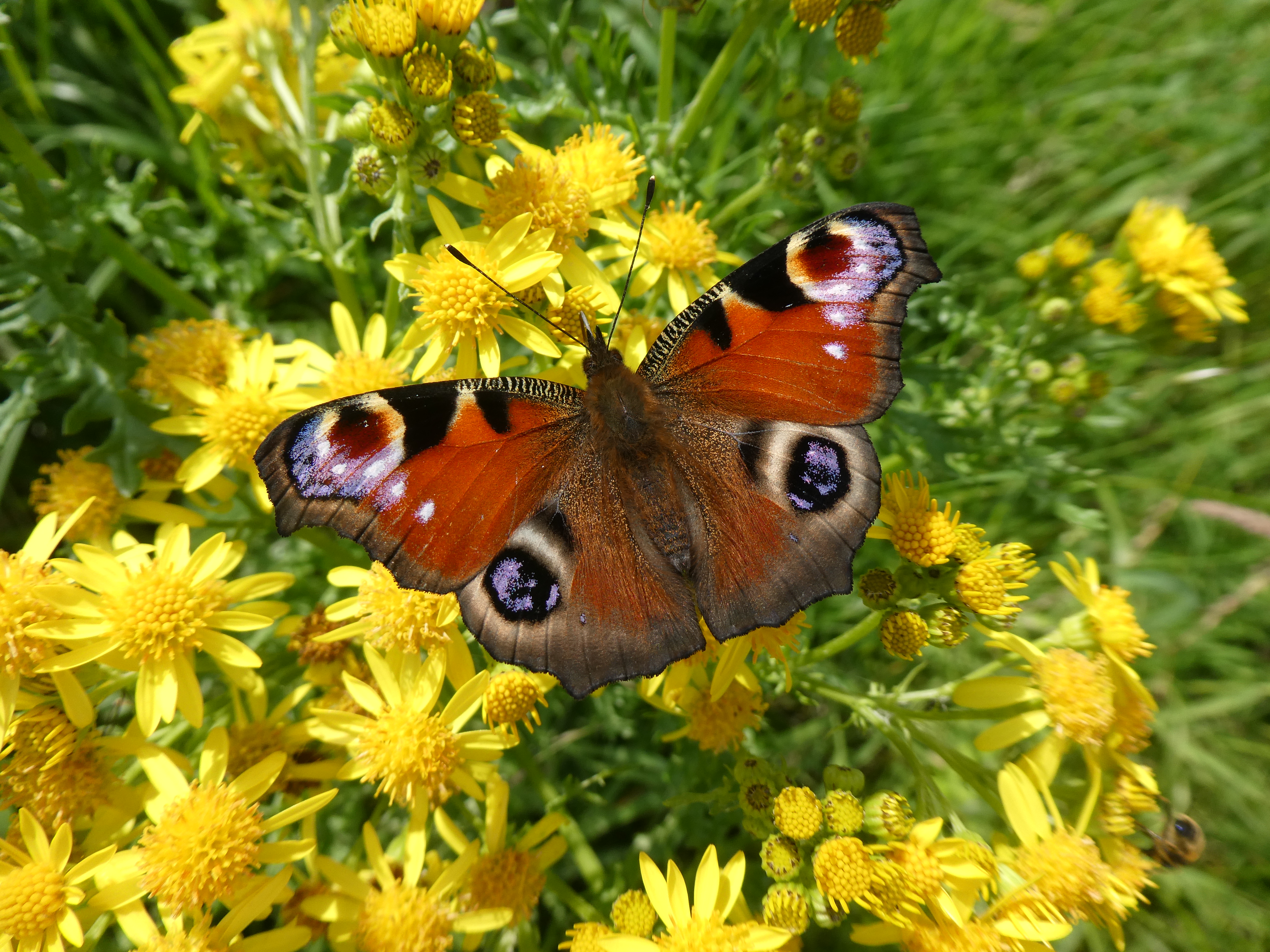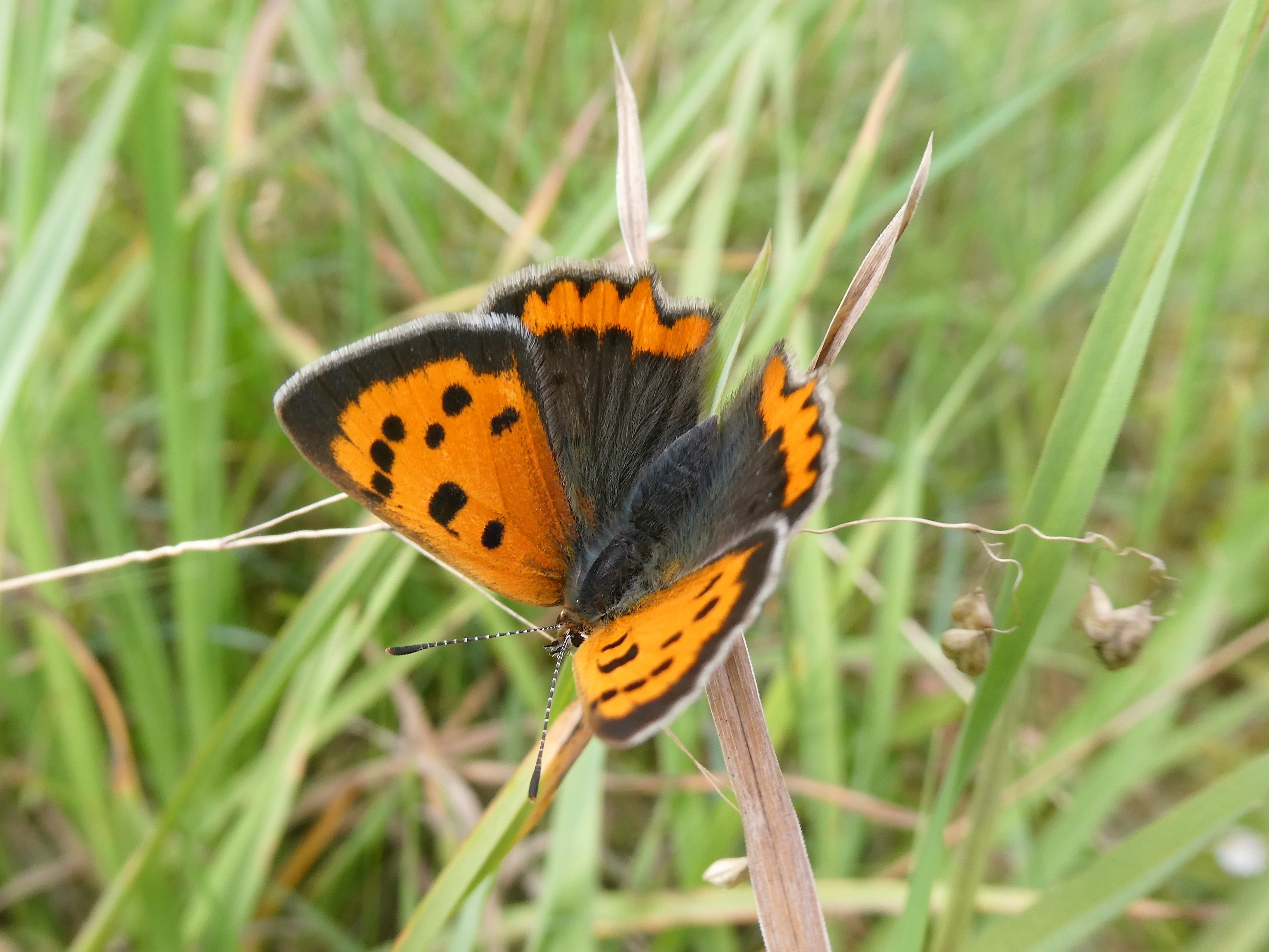After decades of removing peat from our bogs and contributing to biodiversity loss, water and air pollution and rising CO2 emissions, Ireland is moving to biodiversity enhancement, pollution reduction and carbon sequestration. A significant step towards these objectives was taken in November when the government announced a €108m fund to add to €18m provided by Bord na Móna to rehabilitate 30,000 hectares of peatland, with more to follow.
The bog rehabilitation will involve re-wetting bogs that have been drained or cutover (a cutover bog is a bog that has been drained and has had its characteristic vegetation removed along with some of its peat). Drains will be blocked, ditches filled in and peat profiling carried out to slow water movement on the bogs and promote the development of the bog-building sphagnum mosses which will act as carbon sinks. Among the key goals and outcomes are as follows.
Rehabilitation will support the National Policies on Climate Action and GHG mitigation by maintaining and enhancing the current condition peat storage capacity of the bog (locking the carbon into the ground). In time, it is expected that the bog will develop its carbon sink function, in part, as Sphagnumrich communities develop across the bog. It will also support Ireland’s commitments towards the Water Framework Directive, the National Biodiversity Action Plan and the National River Basin Management Plan 2018-2021. (Source: Bord na Móna Draft Rehabilitation Plan 2020).
Bord na Móna workers who previously worked in peat ‘harvesting’ will be working to restore the bogs. Walking tracks, trails and other amenities will also be constructed in certain parts of the boglands, while efforts to protect biodiversity will begin. Other peatlands will be rehabilitated outside of Bord na Móna’s landholding and it is cooperating with the National Parks and Wildlife Service to expand this operation into third-party lands over the next decade.
It is expected that work to restore peatland habitats will begin next April.
While this is very positive news, the expectation is that the natural processes involved in rehabilitating the habitats will take a long time, especially on some cutover bogs. However, Bord na Móna is confident that this can be achieved over time, but warns that “it will take some time (30-50 years) for naturally functioning peatland ecosystems to fully re-establish. ” (Source: Bord na Móna Draft Rehabilitation Plan 2020).
The prospect of bog restoration, of seeing Large Heath and Green Hairstreak butterflies and Emperor moths, of hearing the Curlew and Skylark, of smelling the sweet intoxication of heather in August, is indeed exciting.
We urge people living in the midlands to engage with the newly restored bogs, by walking on the tracks and trails provided, by photographing the habitats and wild creatures and publicising the wonderful worlds that bogs offer. Bogs need exploring carefully; their wildlife treasures do not always yield themselves to casual observation. Butterfly Conservation Ireland will be delighted to post these images on our website and Facebook page.
Butterfly Conservation Ireland has written to Bord no Móna with suggestions on how the progress of bog rehabilitation might be measured. The presence of the endangered Large Heath butterfly is indicative of the quality of the rehabilitation undertaken because the butterfly only exists on wet bogs. Its larval host-plant, Hare’s-tail Cottongrass Eriophorum vaginatum, dies when the surface of a bog dries but the plant is frequent when the bog’s water table is at or close to the surface. This plant needs to be abundant on the bog for the Large Heath butterfly to survive. We suggested that vegetation monitoring planned by Bord na Móna assesses the density of the Hare’s-tail Cottongrass and Cross-leaved Heath Erica tetralix, the latter plant being the chief nectar source for the adult Large Heath, against the density on intact bog sites containing abundant populations of the Large Heath.
We also urged that no future use that compromises the conservation value of any rehabilitated peatland is considered. We also recommended that publicity material be generated to showcase the biodiversity benefits achieved by the rehabilitation undertaken at the various bogs. This will support Bord na Móna’s “naturally driven” philosophy and generate considerable positive publicity to highlight Ireland’s commitment to tackling biodiversity loss, pollution and climate change.
More needs to be done to protect bogs, and urgently, as many protected bogs or areas of protected bogs in private hands such as Mouds Bog, County Kildare, among many others, are still being destroyed. We need to extend climate action and biodiversity action policies to all peatlands, not just a few.
However, we commend the Irish government on the steps taken to cease peat exploitation on Bord na Móna bogs. A lot done, but more to do.
See https://www.gov.ie/en/press-release/2aae1-cabinet-approves-108m-funding-for-groundbreaking-bord-na-mona-bog-rehabilitation-plan-minister-ryan-also-announces-that-47-more-projects-in-the-midlands-totalling-278m-are-approved-under-the-just-transition-fund/
Update on December 14th post
In January 2021 Bord na Móna announced that it has ended turf cutting throughout its estate.
Making the announcement, Bord na Móna Chief Executive Tom Donnellan said: “The Brown to Green strategy has involved the transformation of Bord na Móna from a traditional peat business into a climate solutions company. The progress made over the past two years means we are now fully focused on renewable energy generation, recycling and the development of other low carbon enterprises. While there are many advantages to the changes we have made, the key benefits include the high value, sustainable employment we are providing and the significant support we are delivering to Ireland’s objective, to become carbon neutral by 2050.
As we have put our new climate-focused business in place, we have also completely stopped a number of high carbon operations and transitioned others to a more sustainable model. During this period, peat harvesting has already been wound down and stopped. The company’s last full peat harvest took place in 2018, followed by a partial harvest in 2019 and a full suspension of harvesting operations last year. The company has today decided to make this suspension permanent and cease any remaining harvesting preparations, including planning and substitute consent applications. Today marks the formal end to the company’s association with peat harvesting, as we move on to tackle the critical challenges concerning climate change, energy supply, biodiversity and the circular economy.”
Butterfly Conservation Ireland warmly welcomes this development. We want to see the end to all peat cutting on Bord na Móna land, including cutting by operators with contracts with Bord na Móna to cut peat on Bord na Móna land.
Some bog beauties follow…
